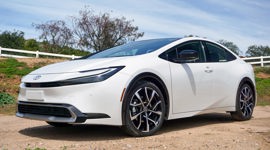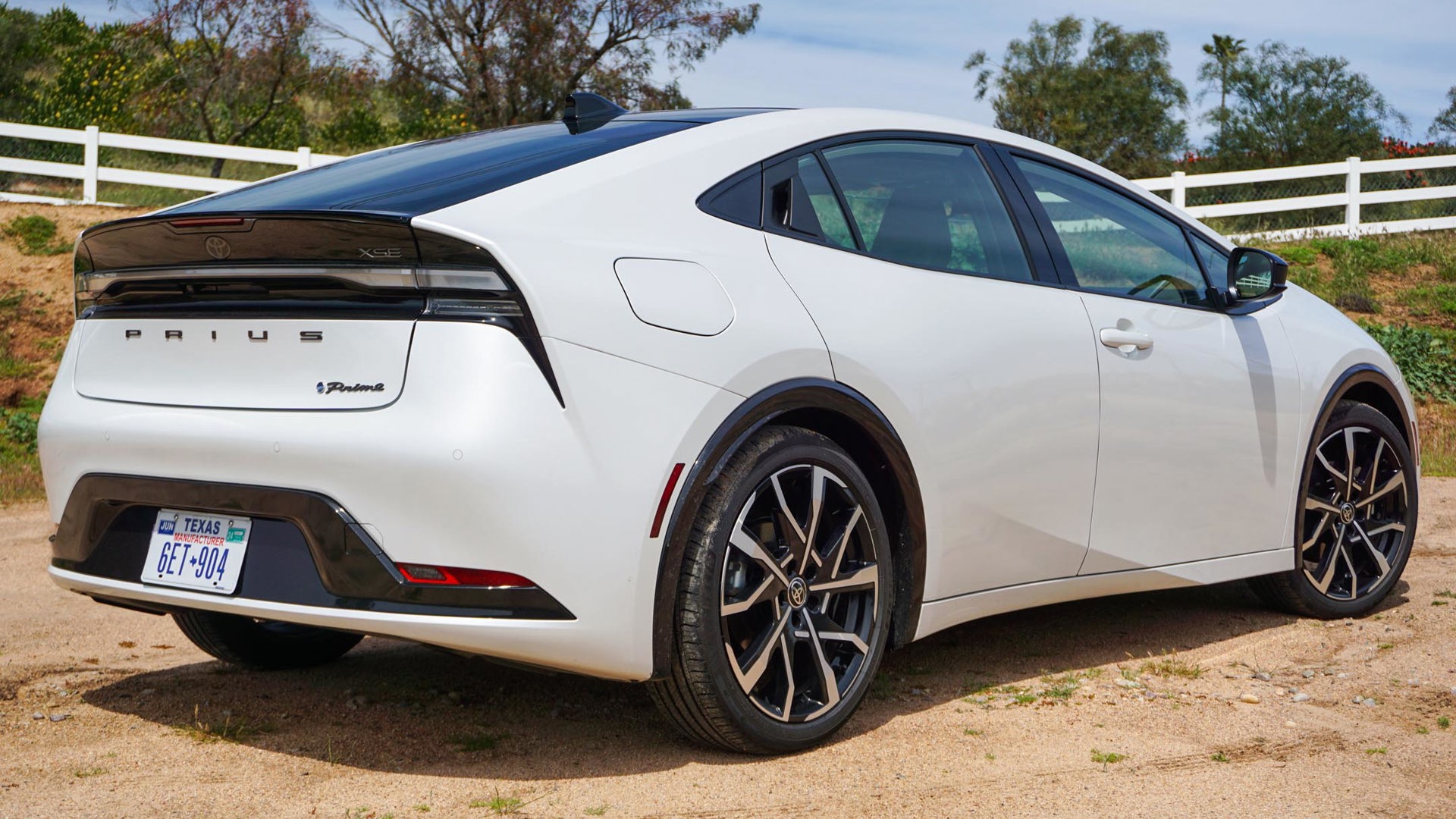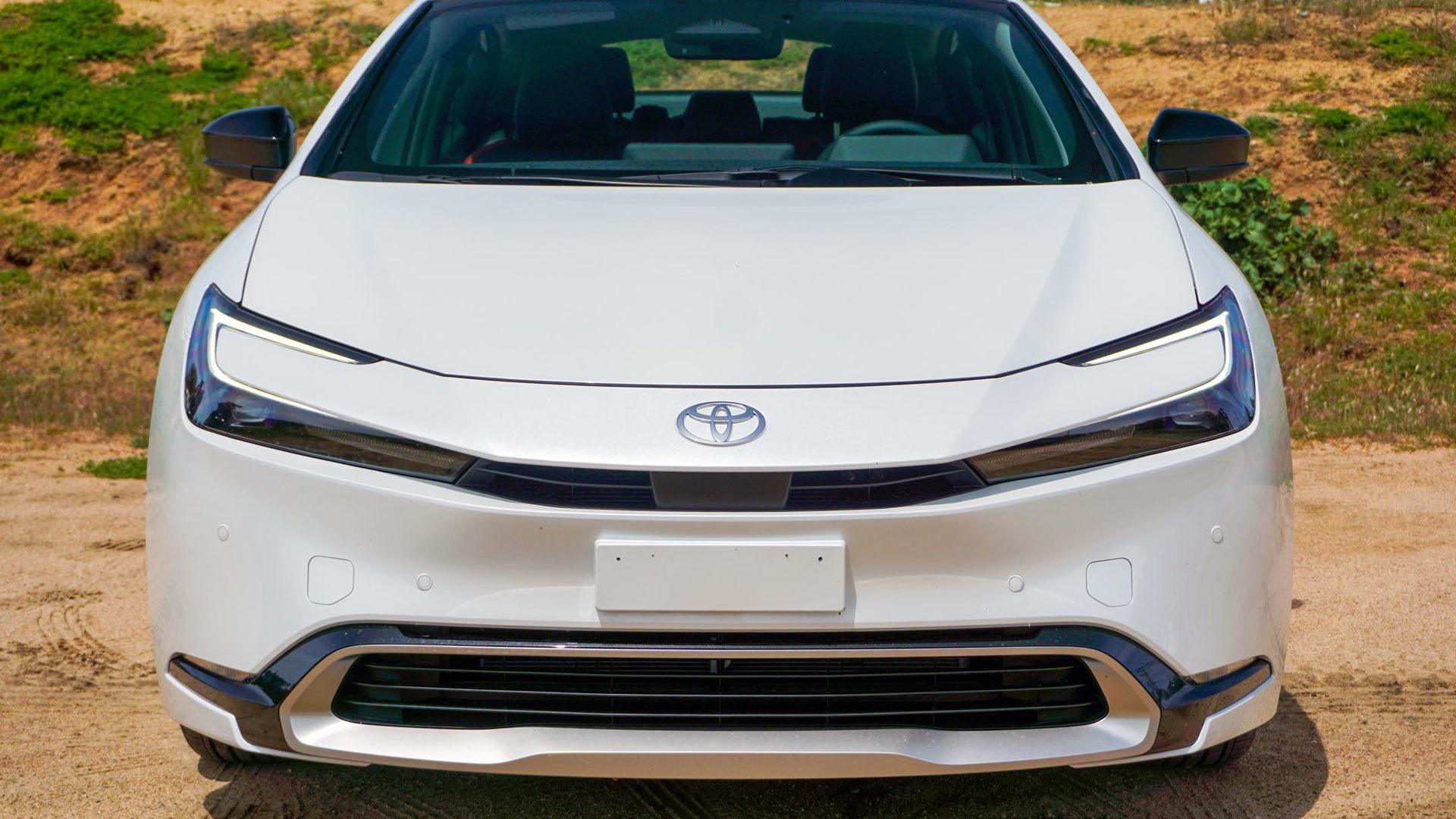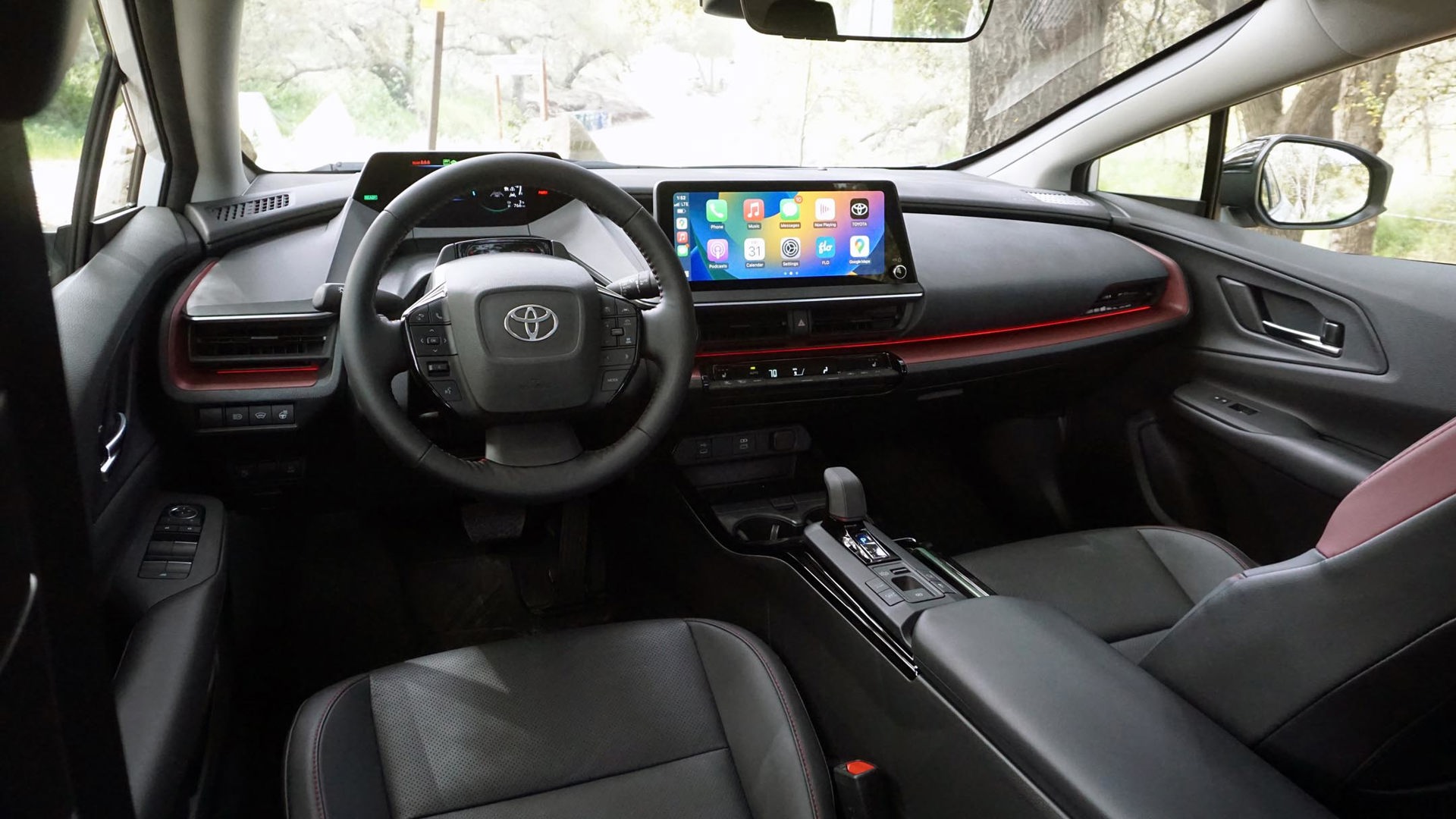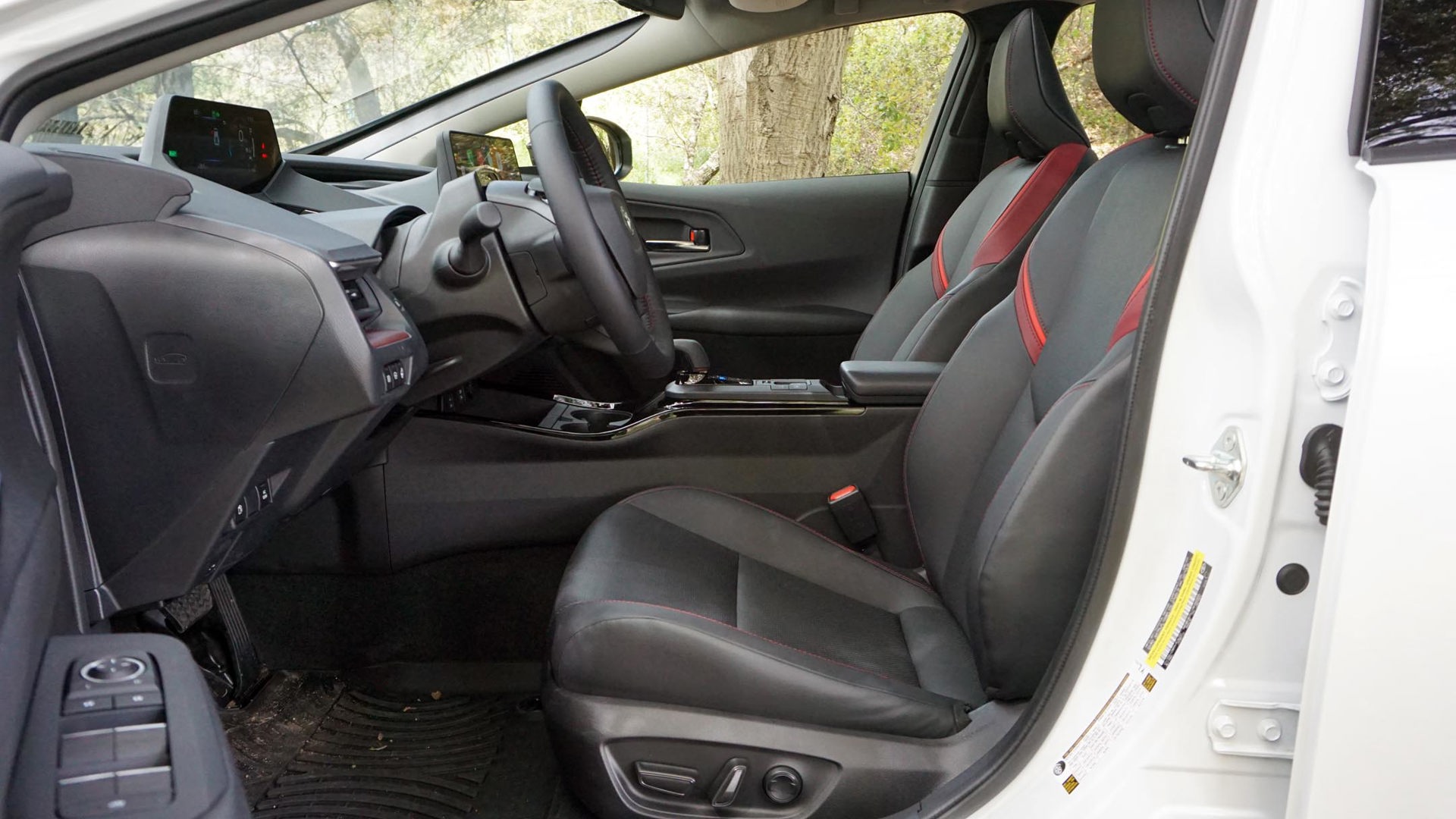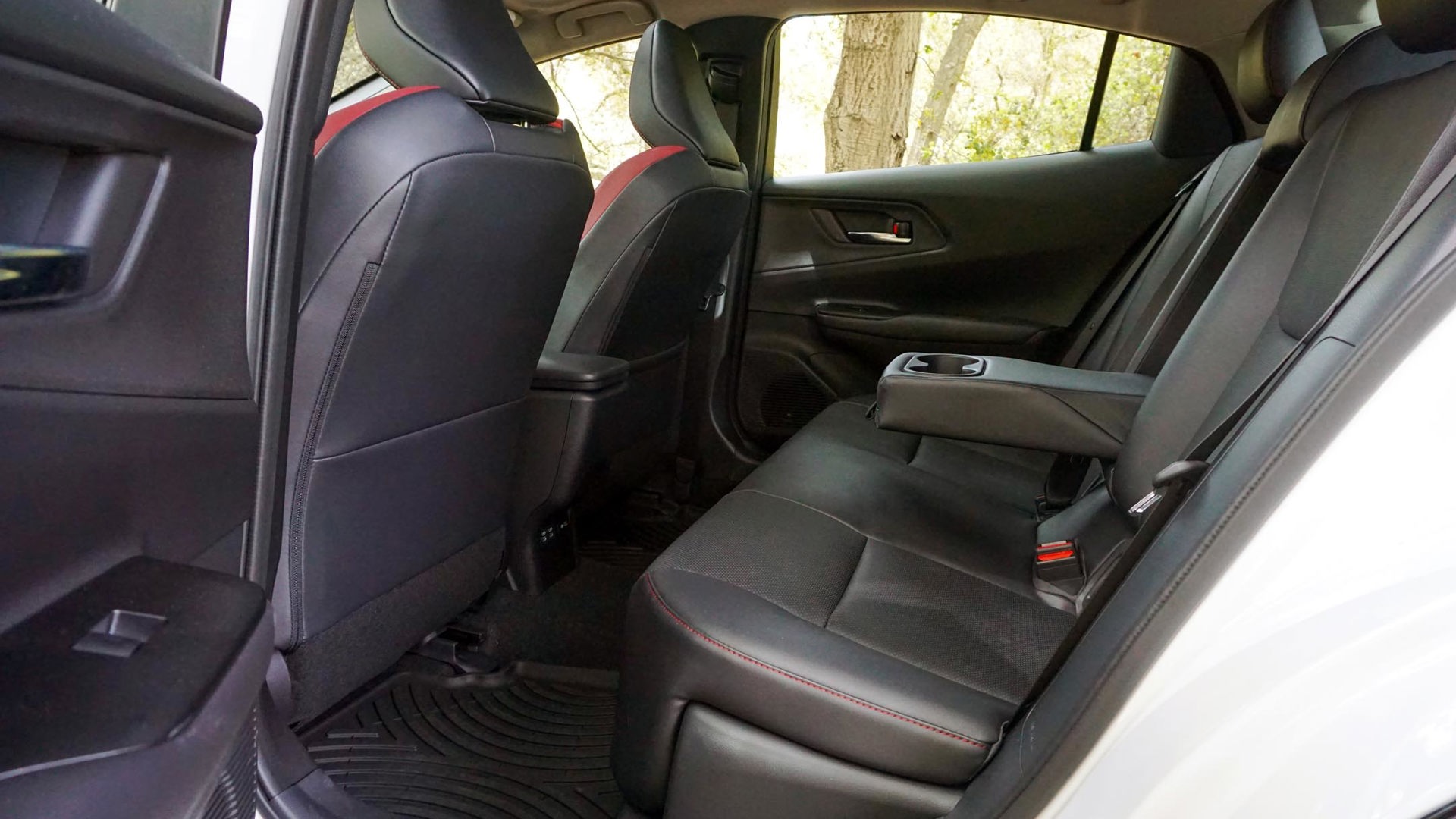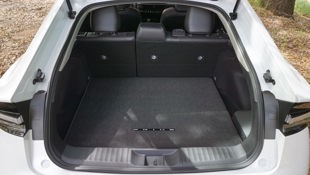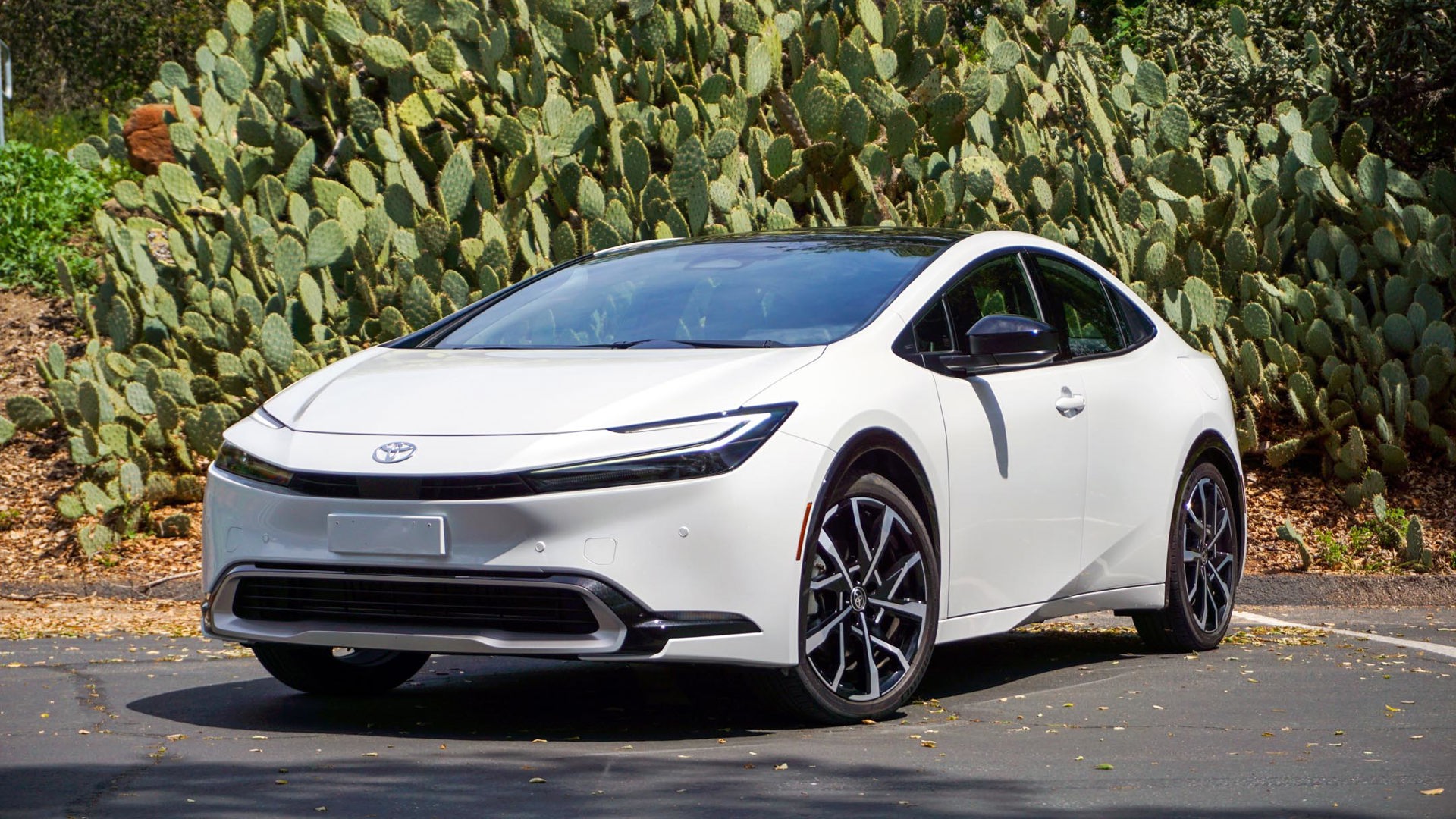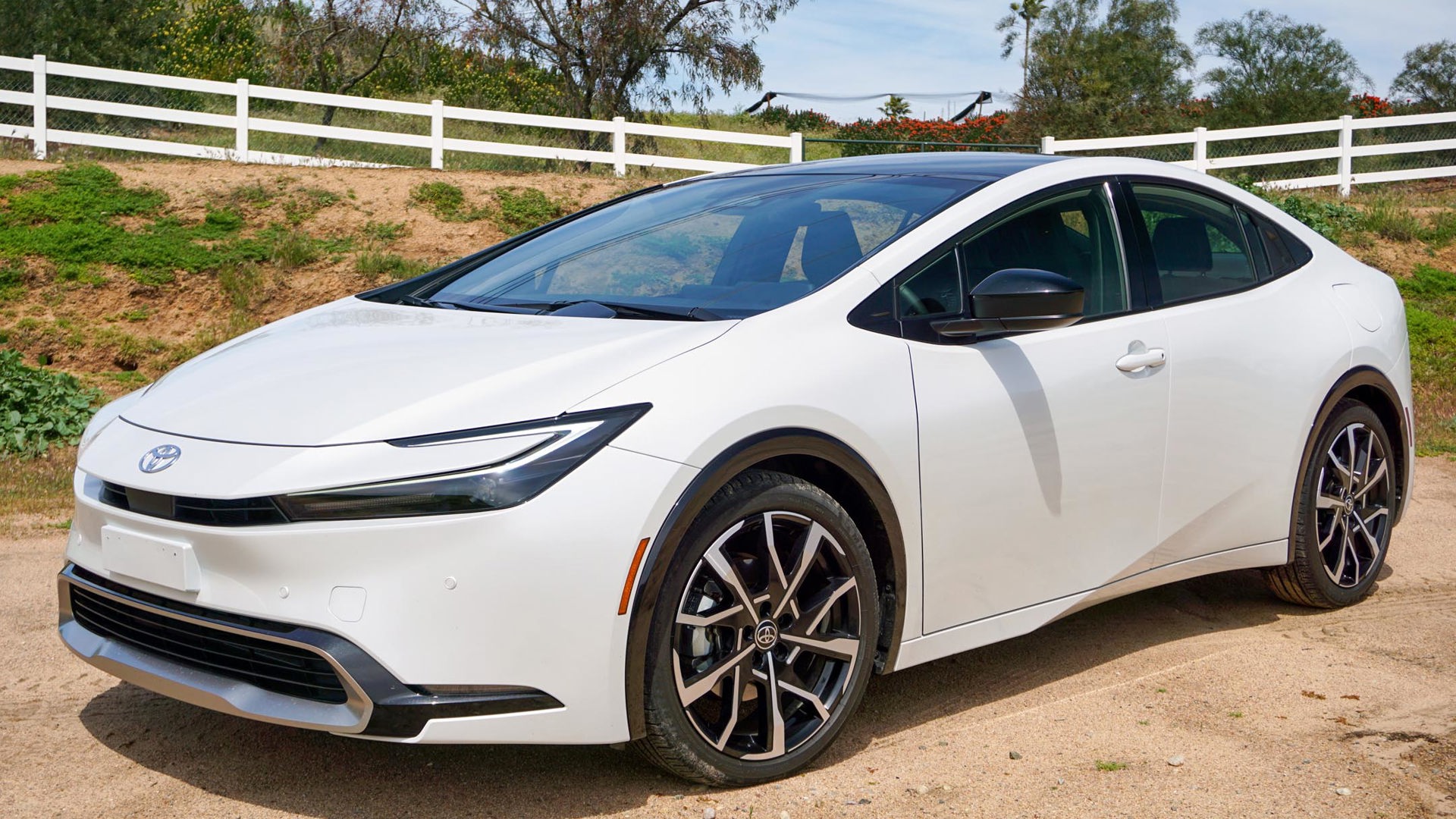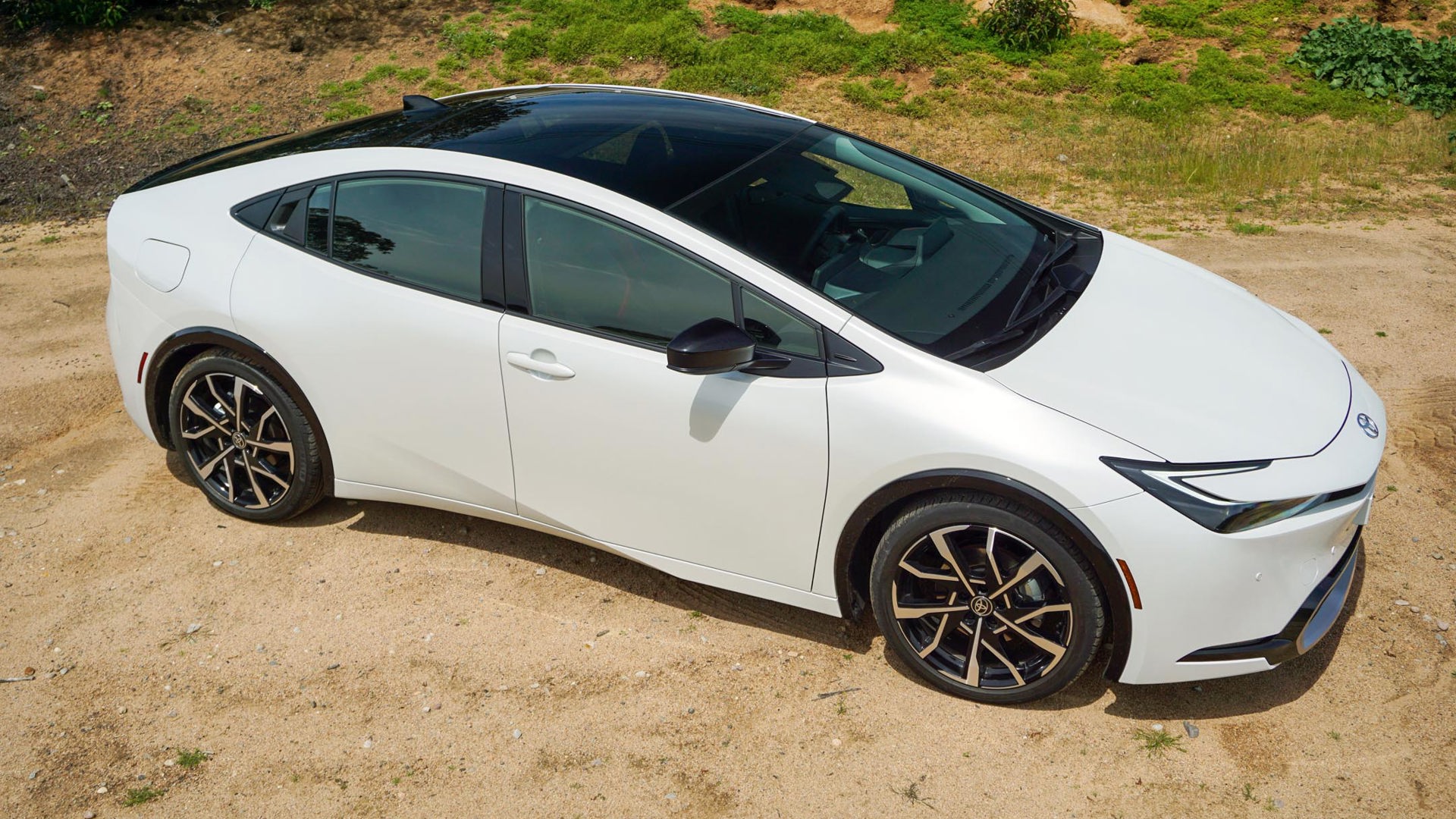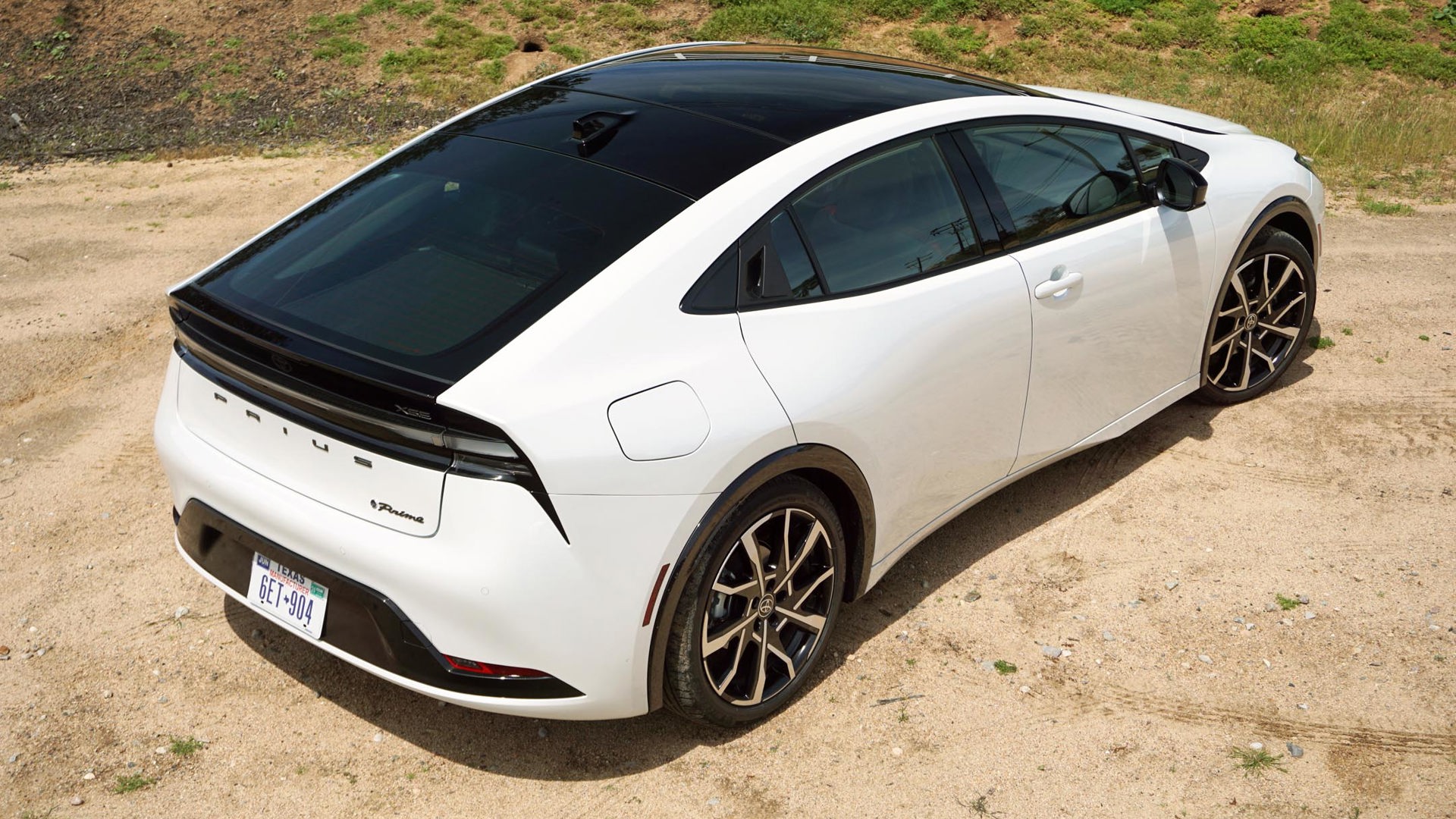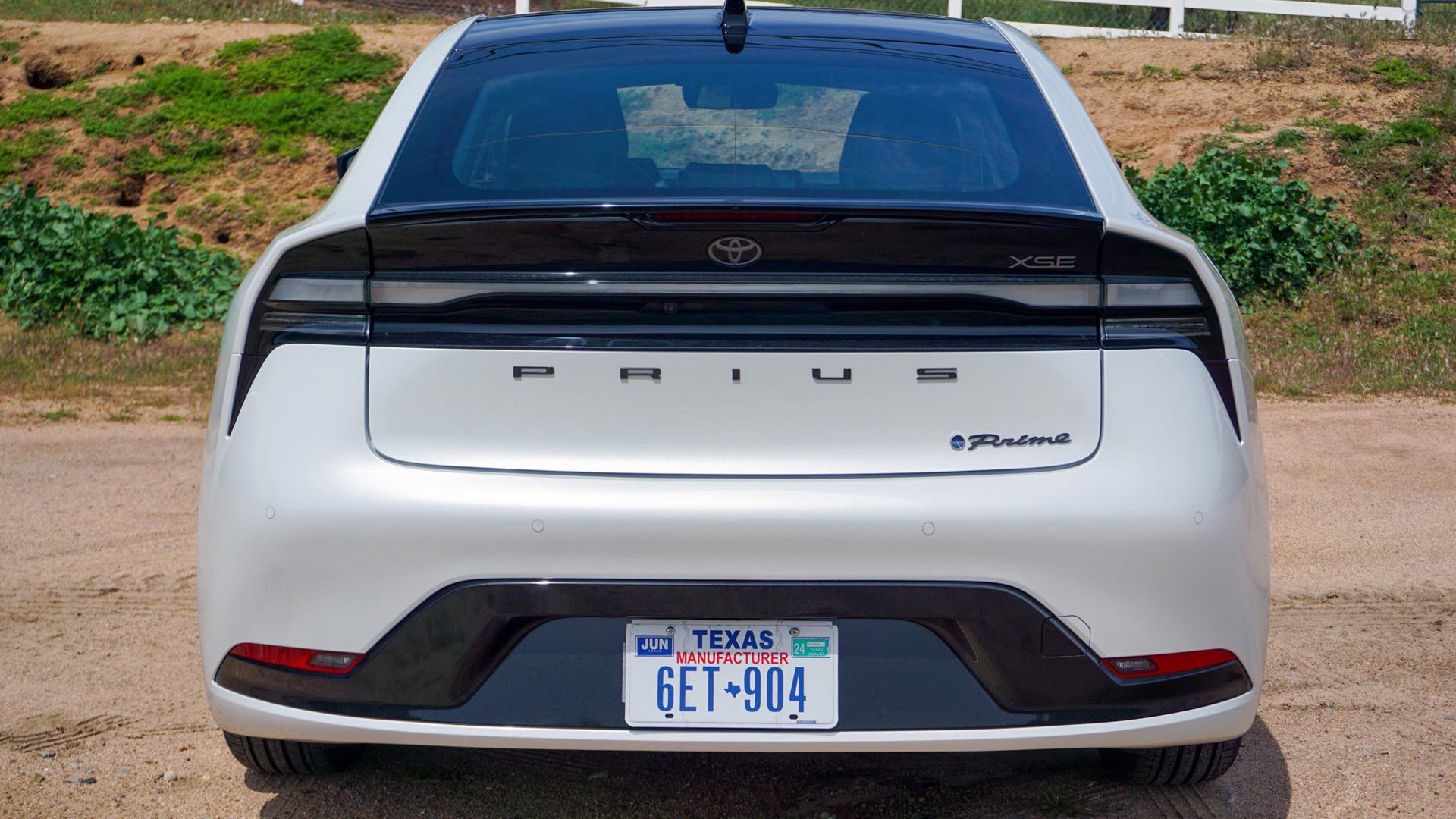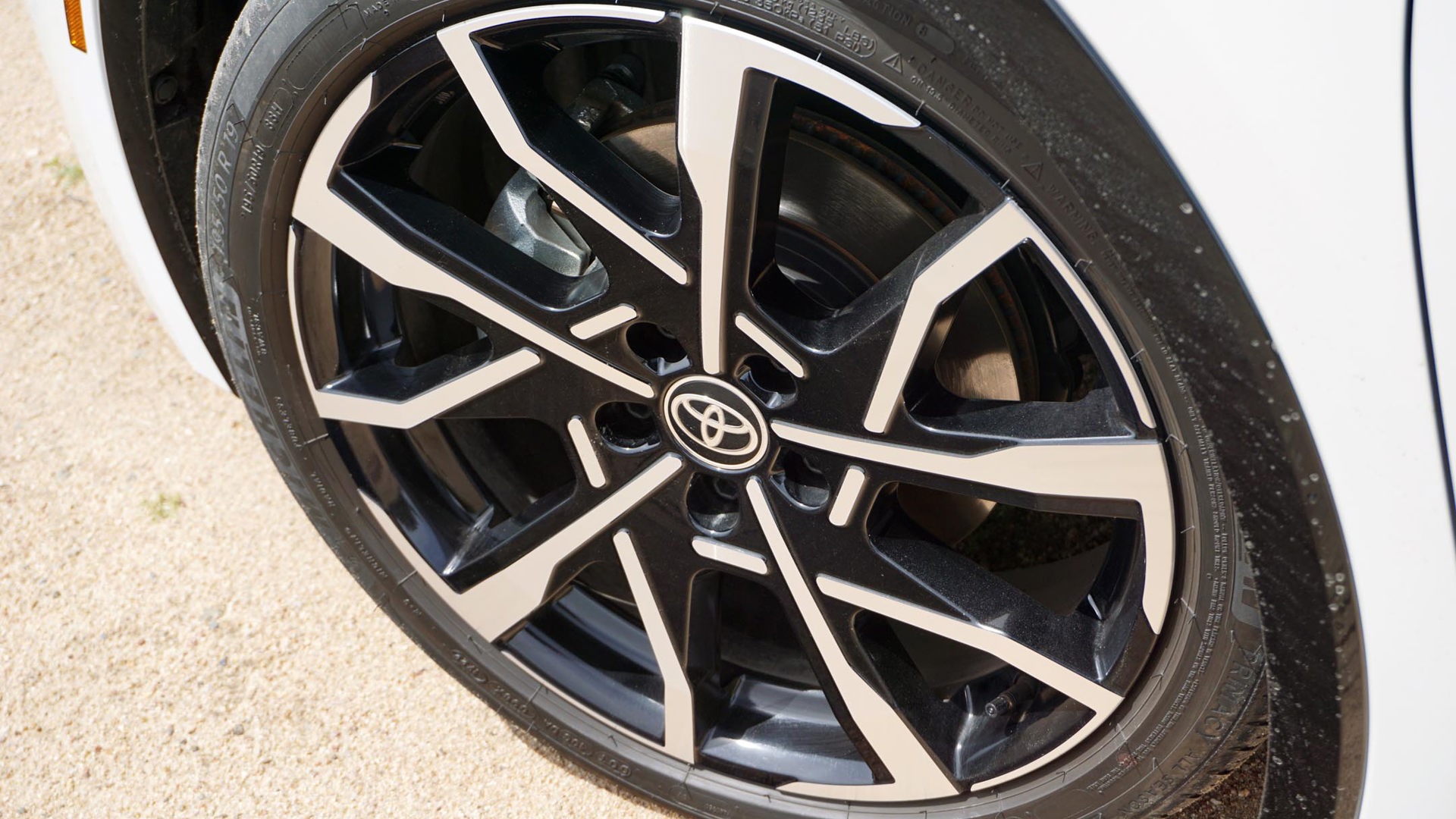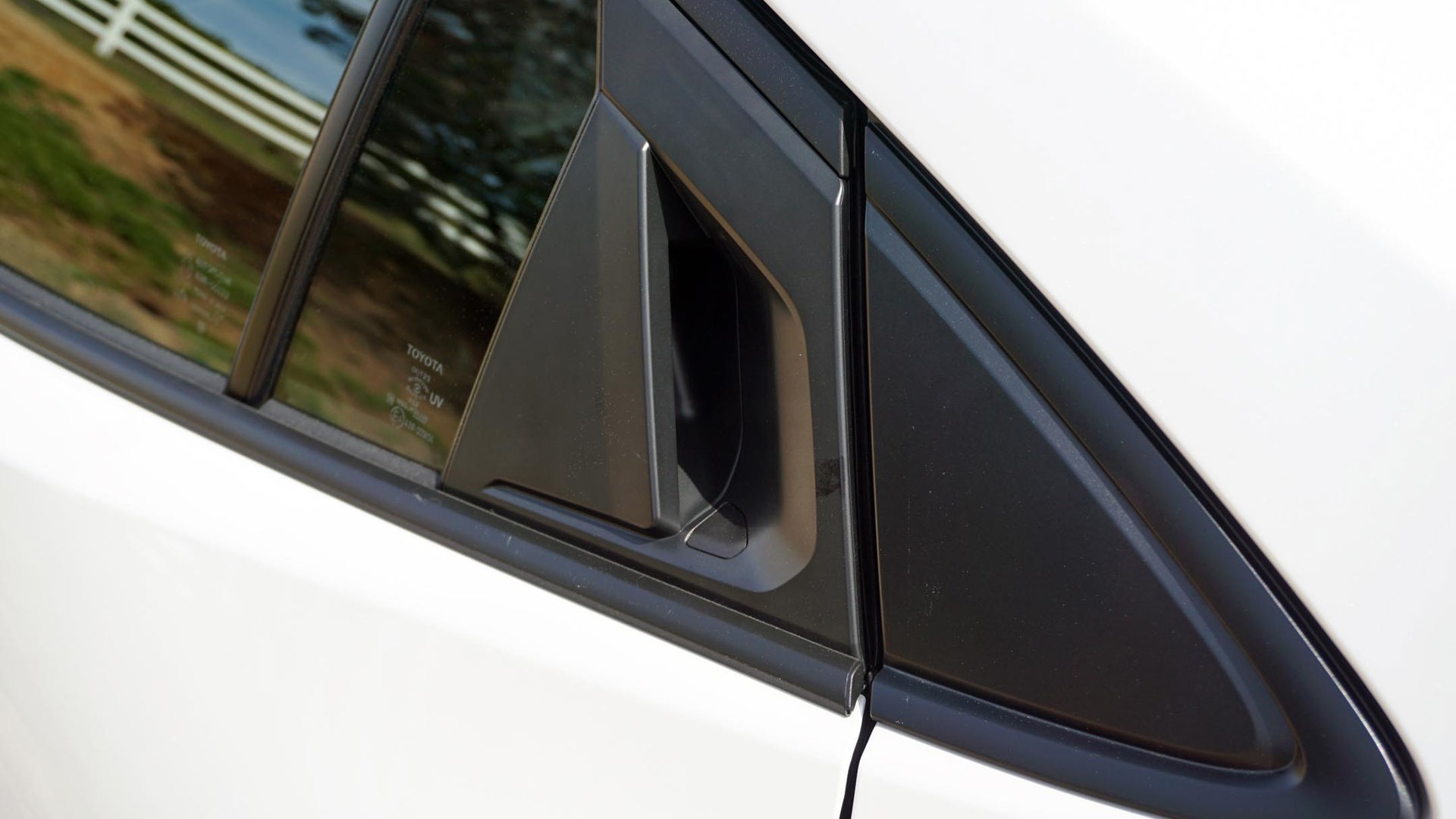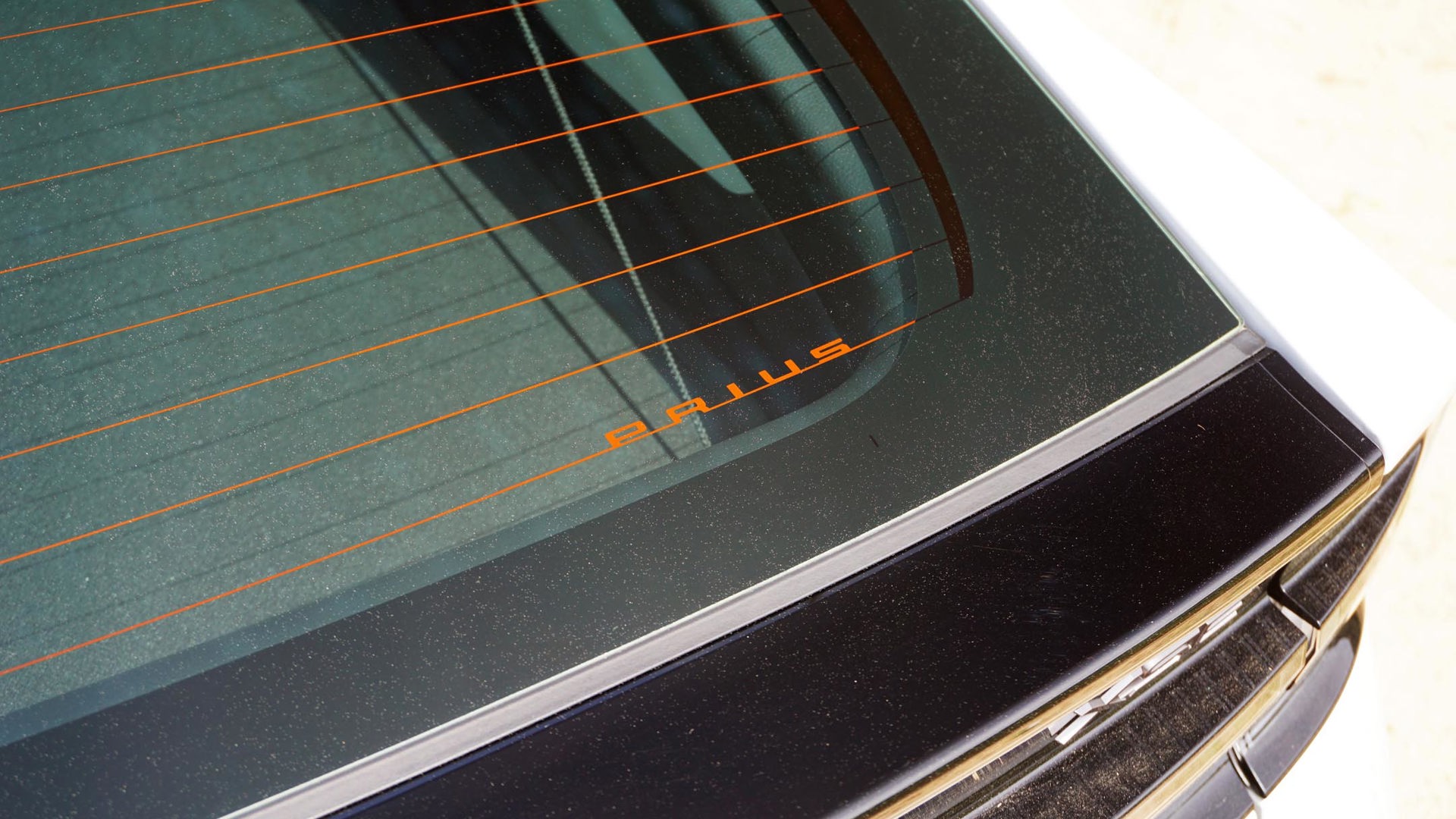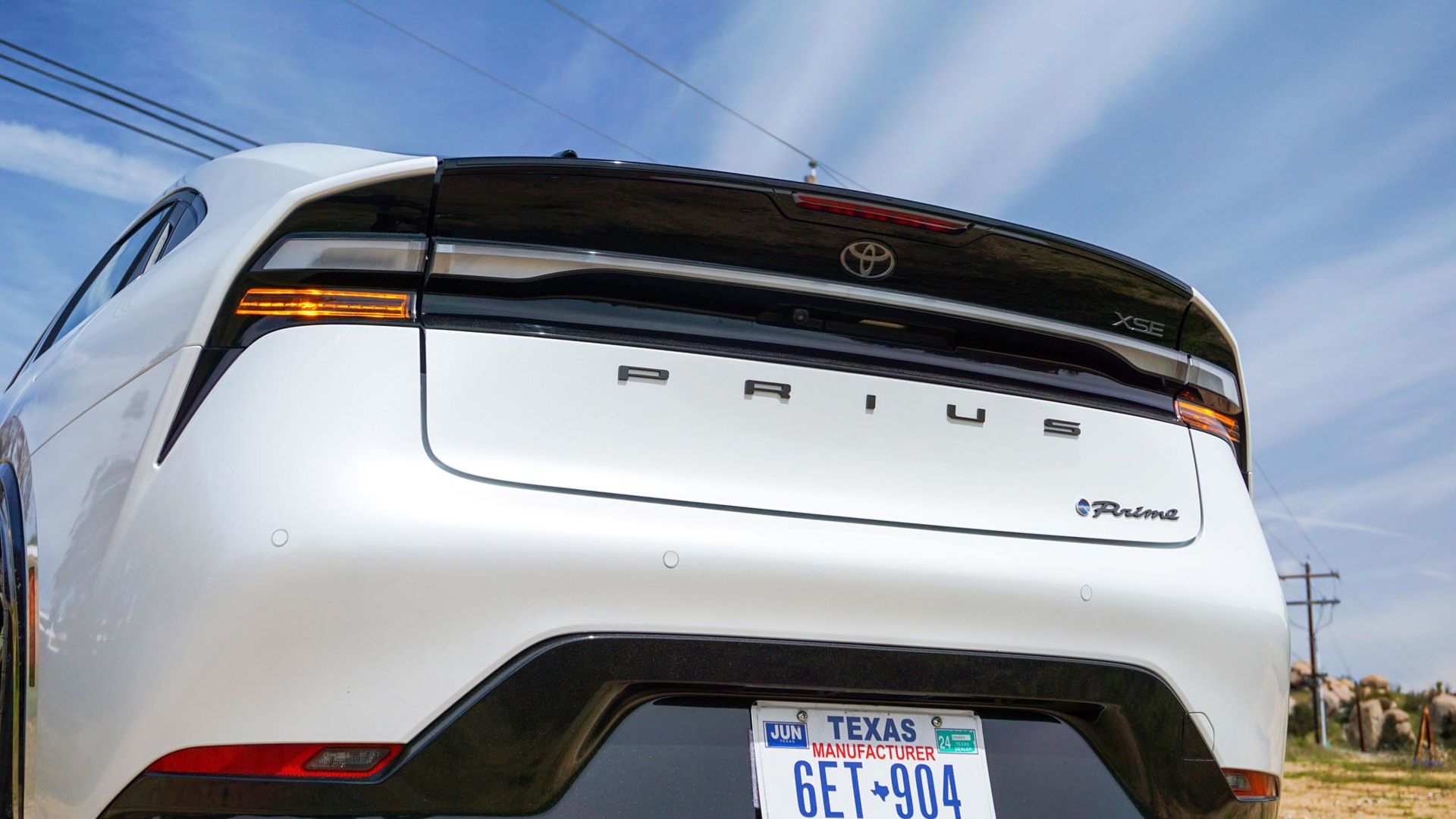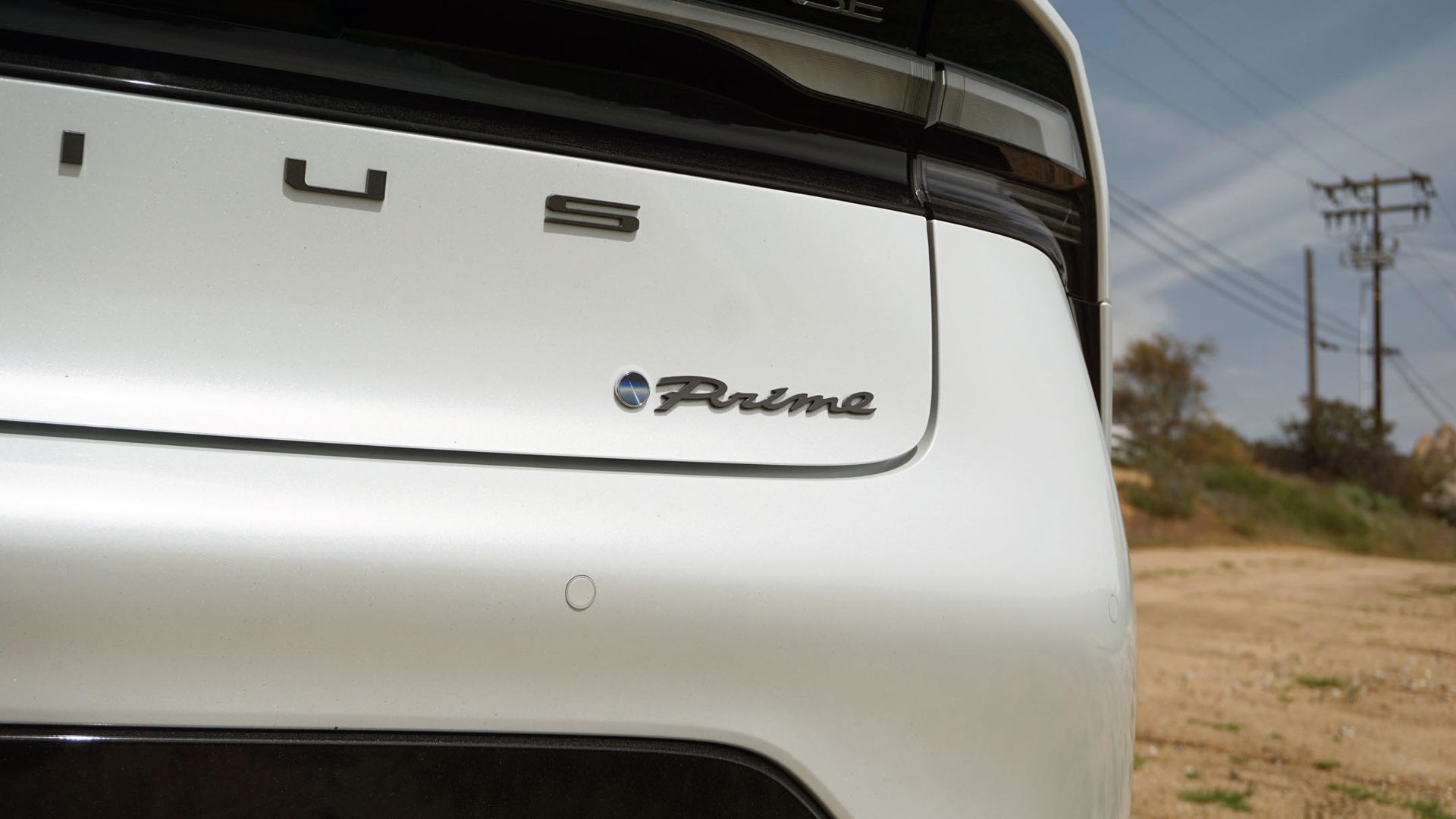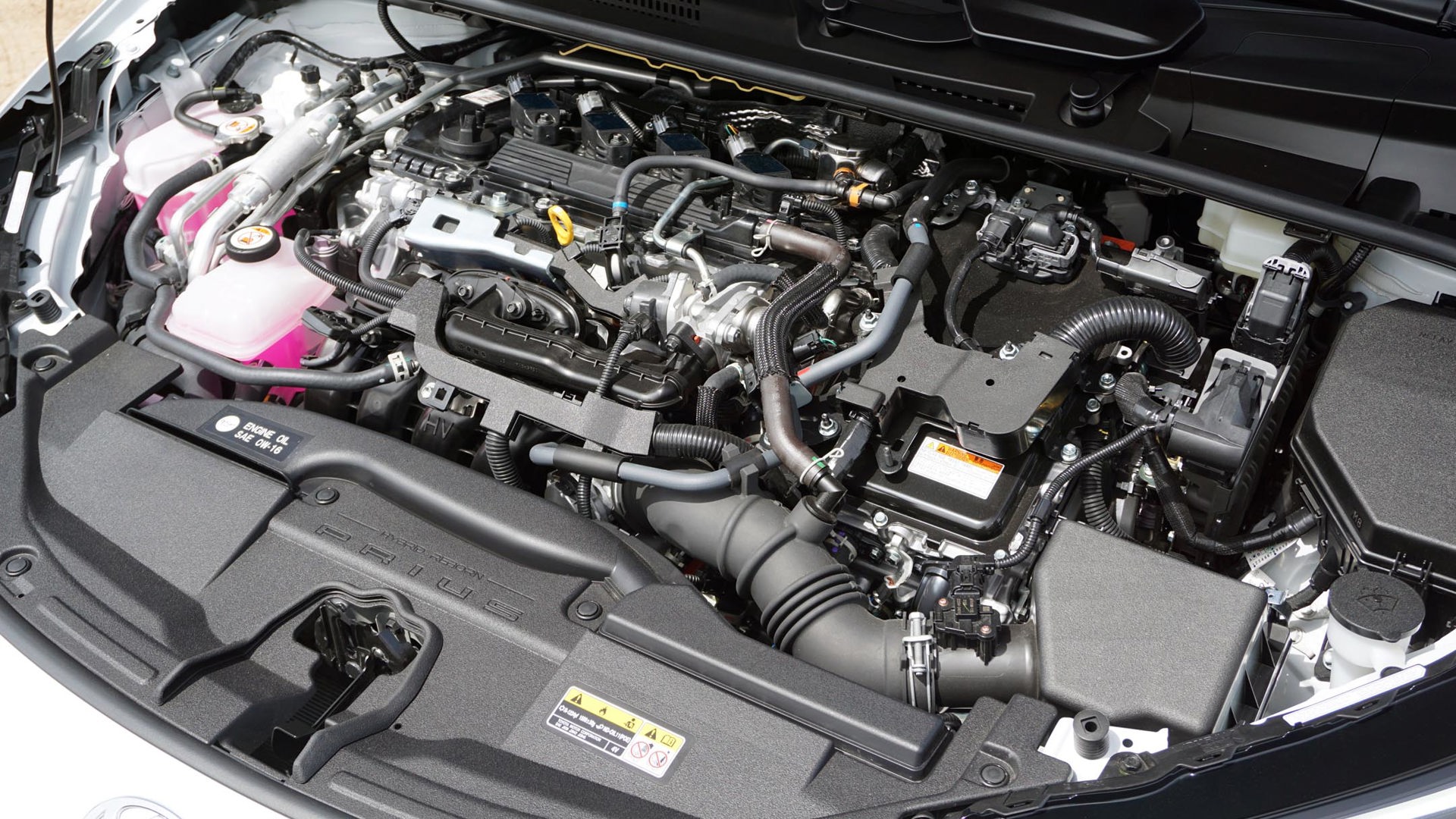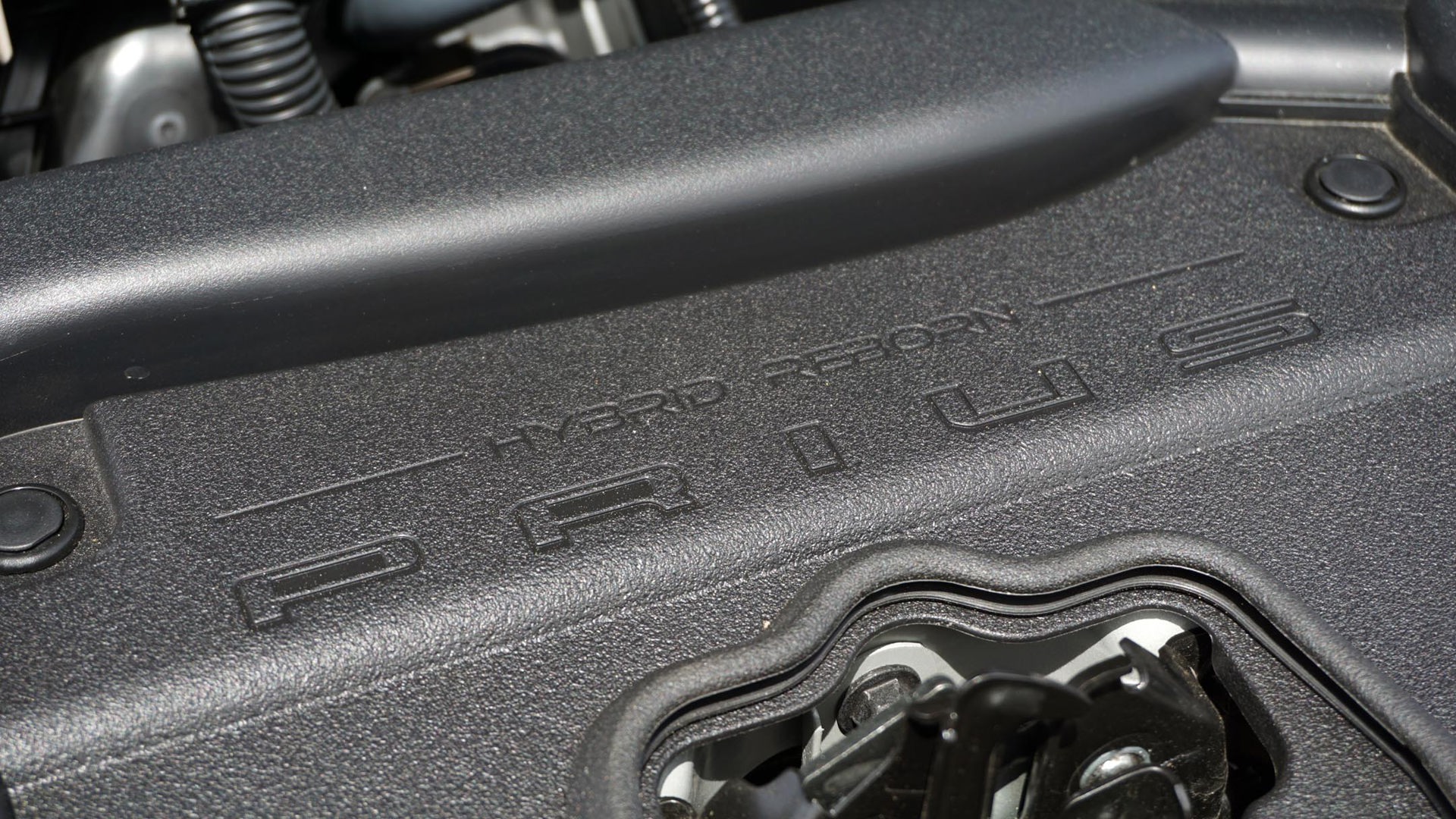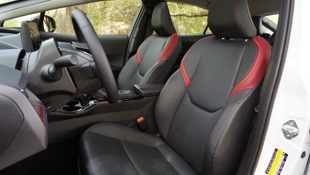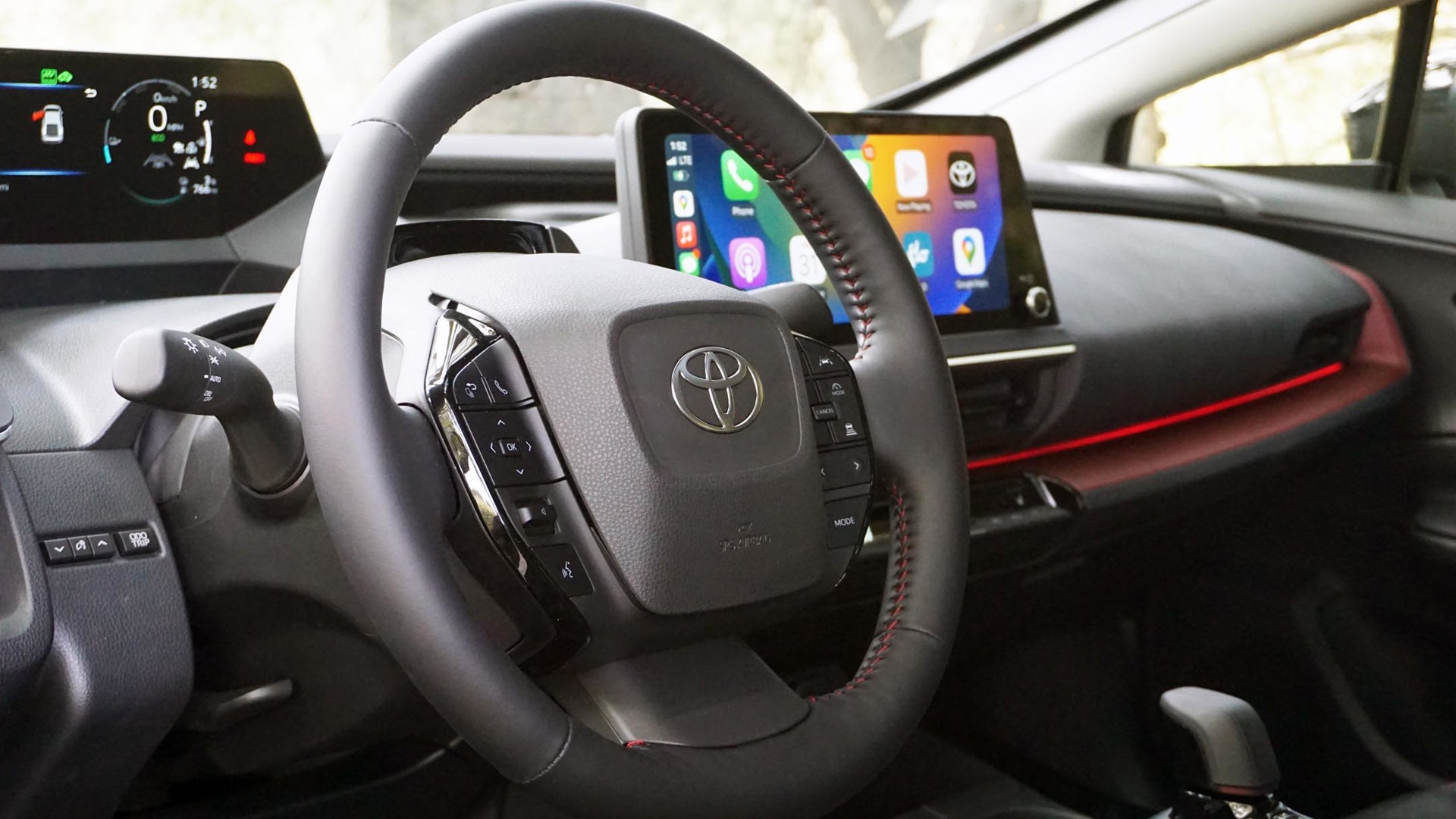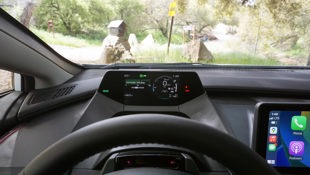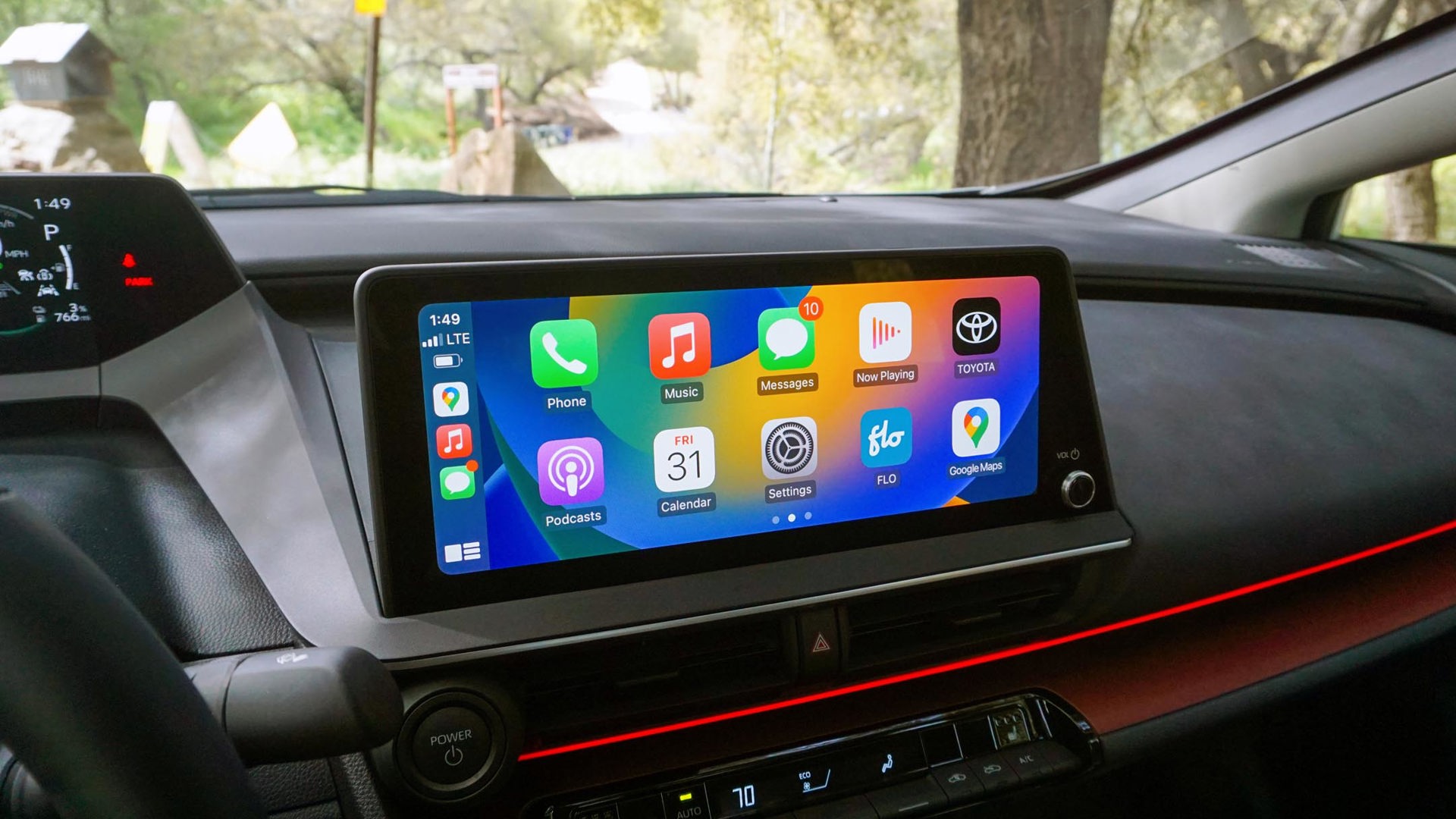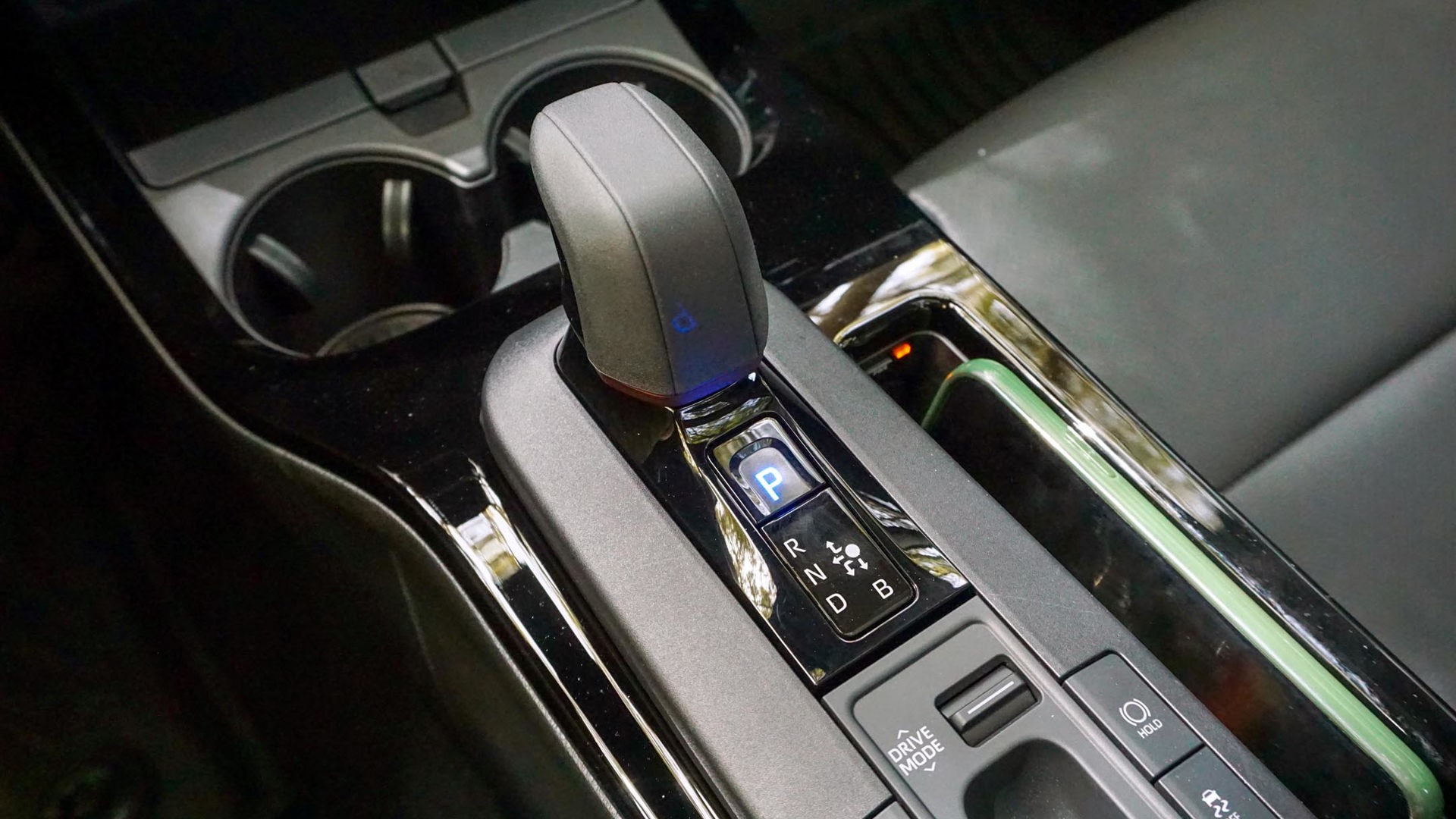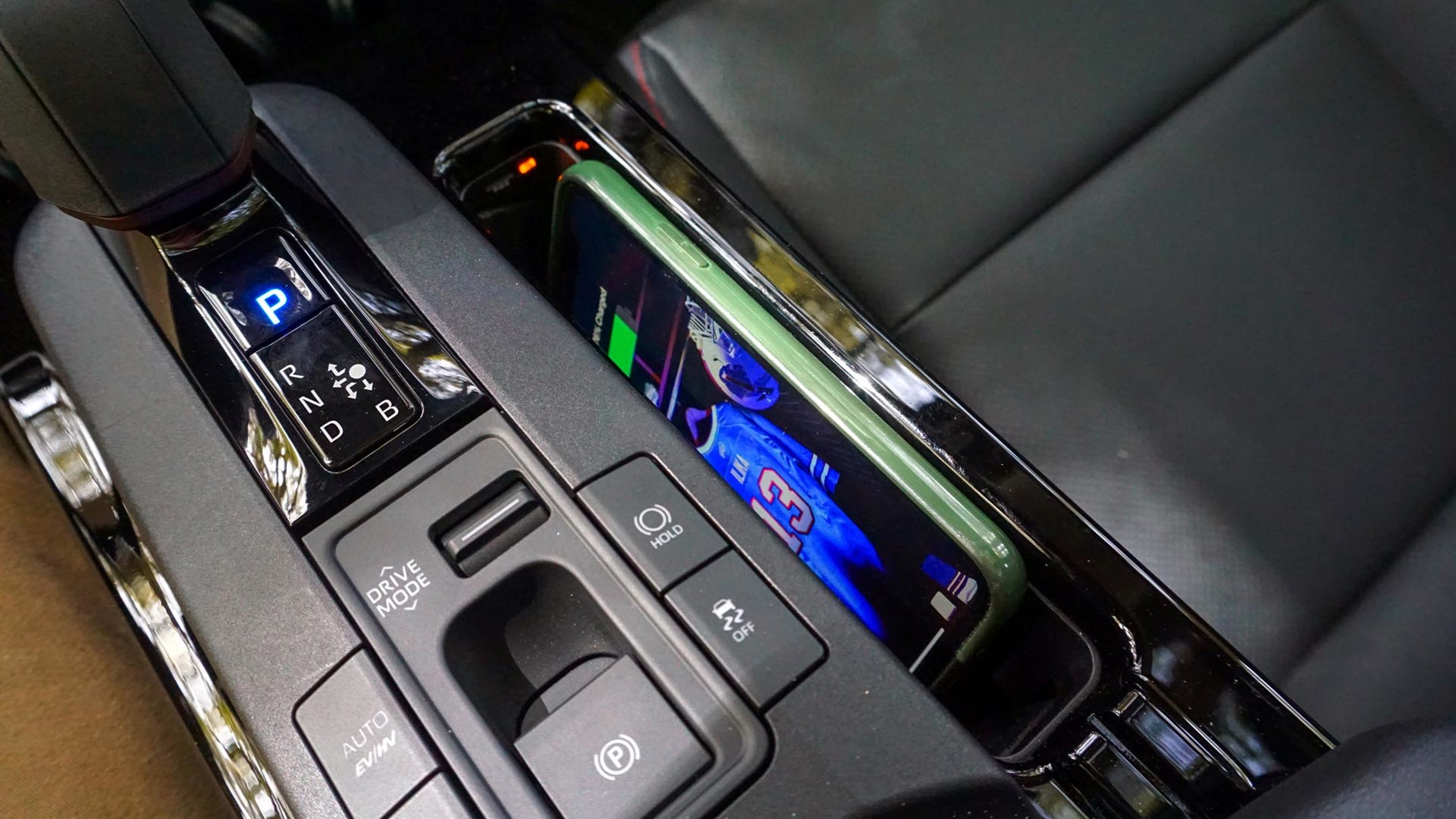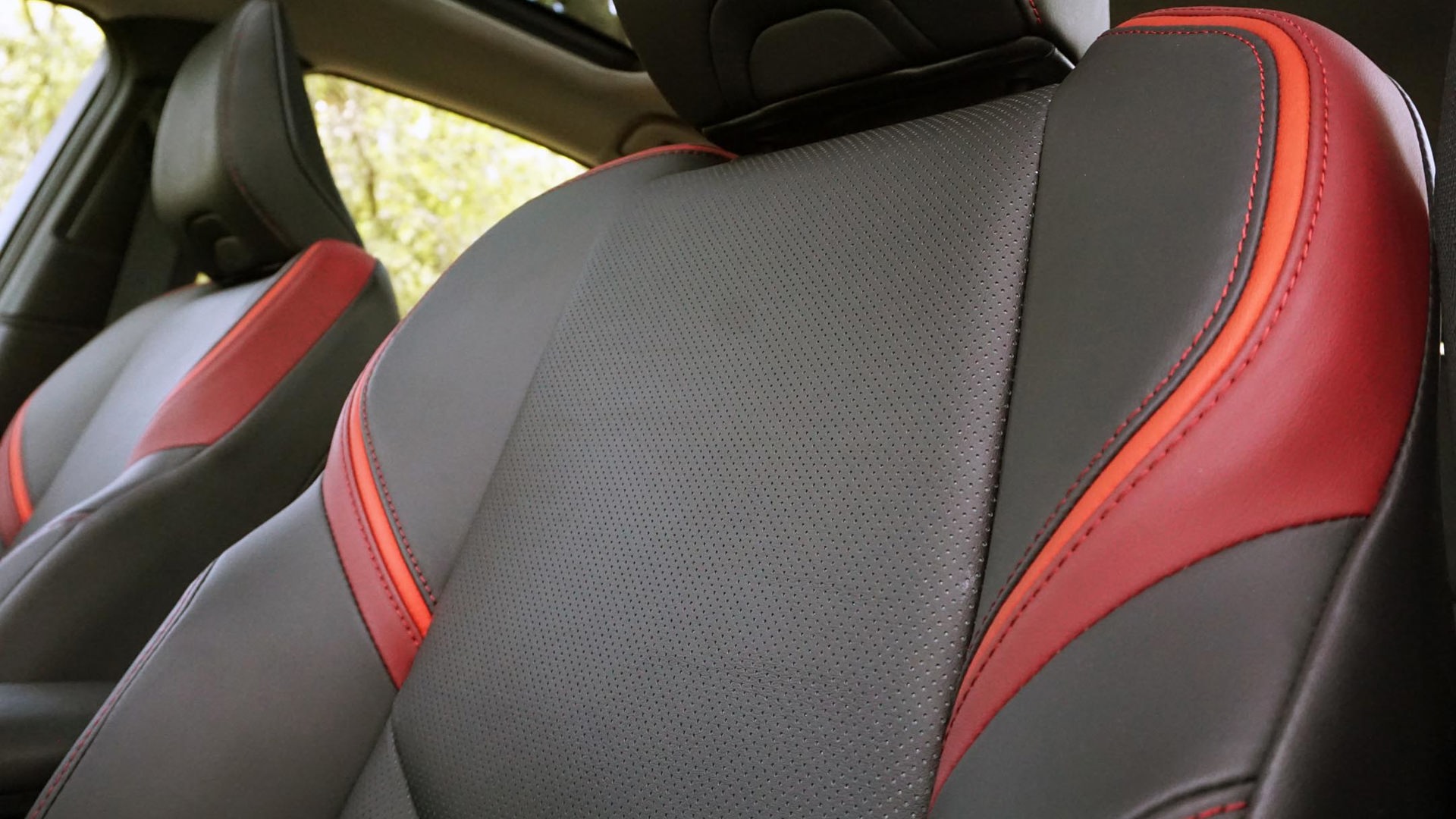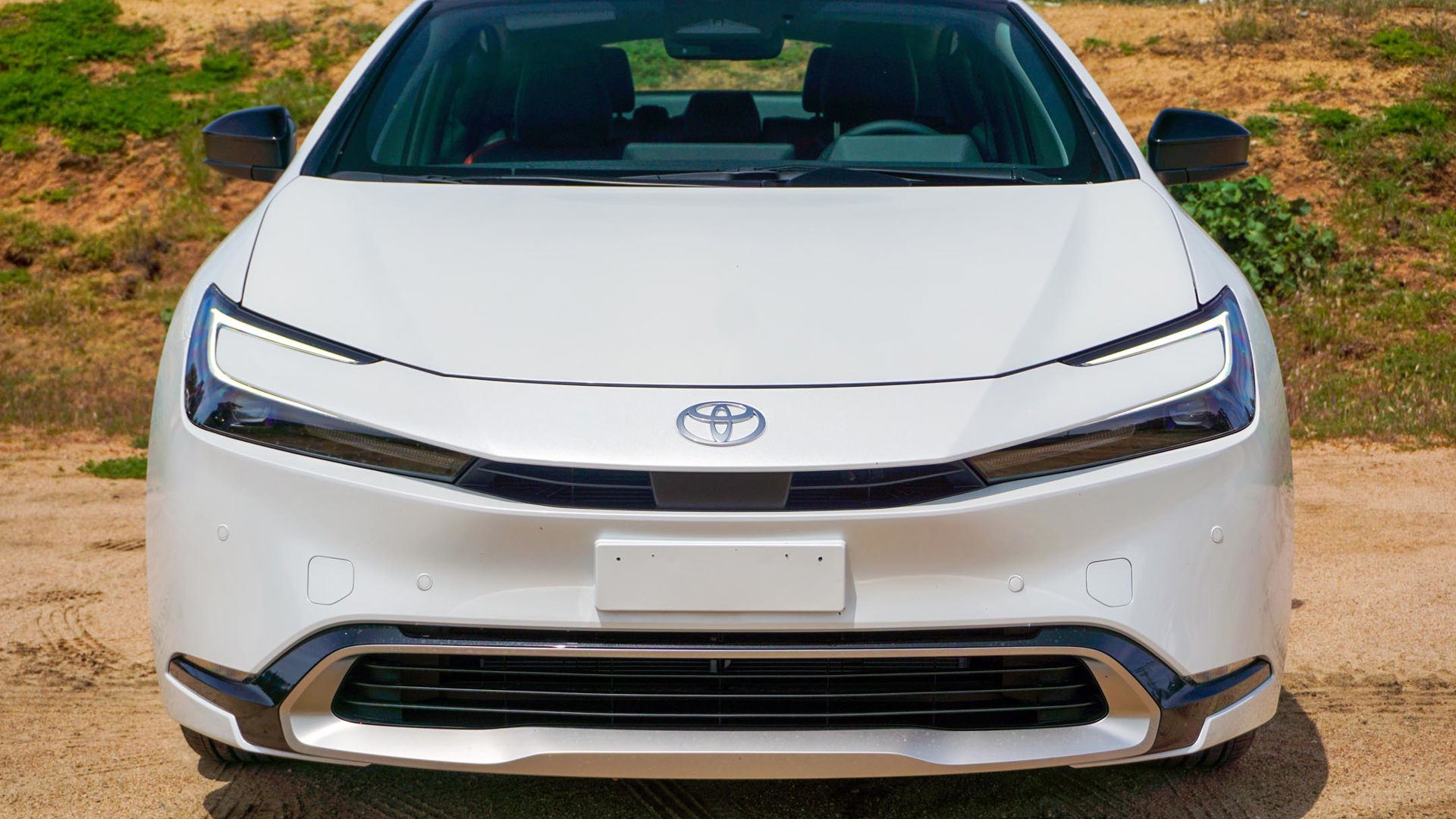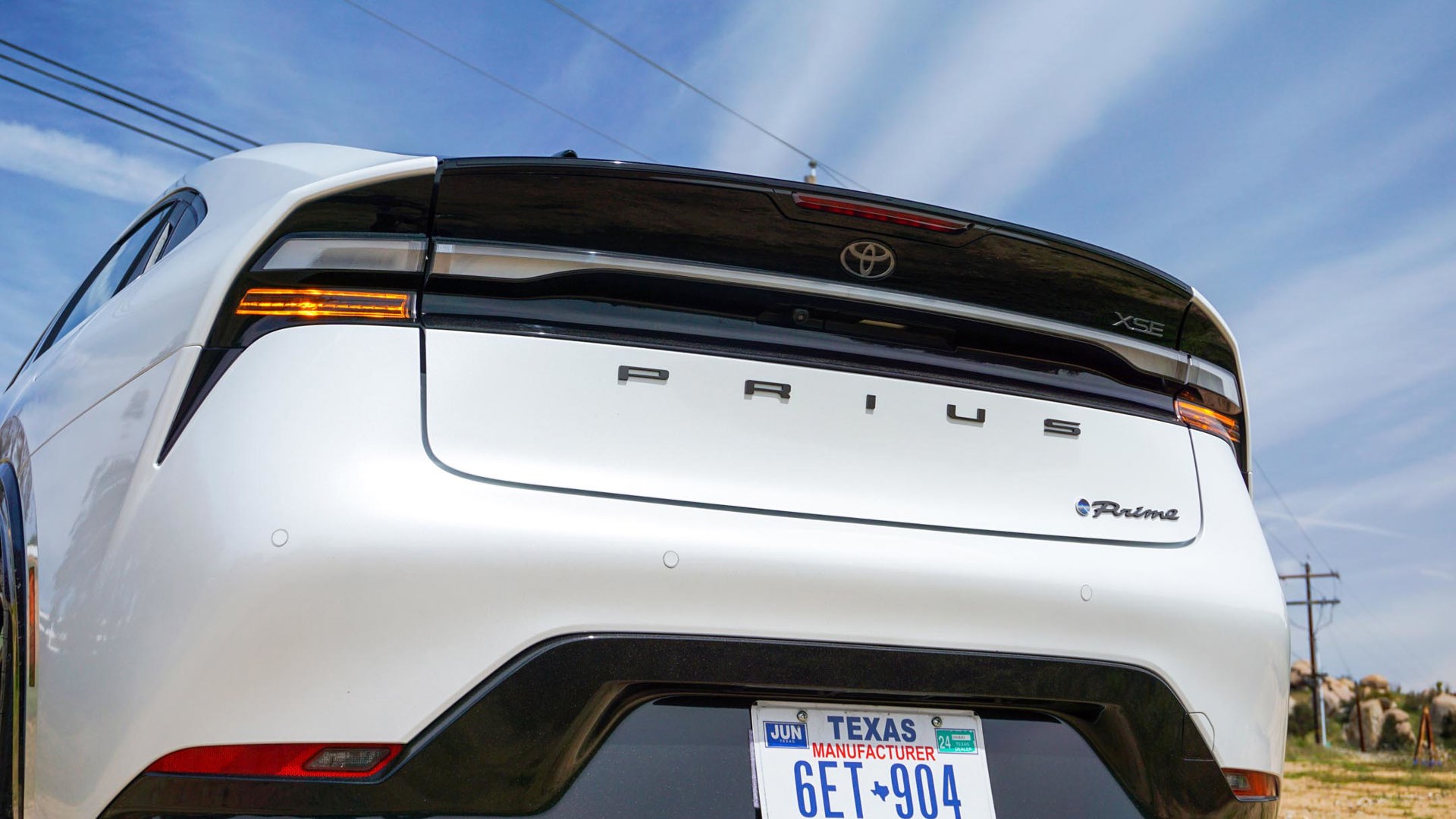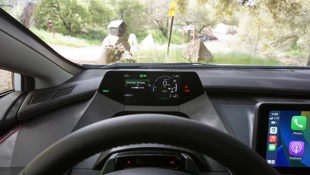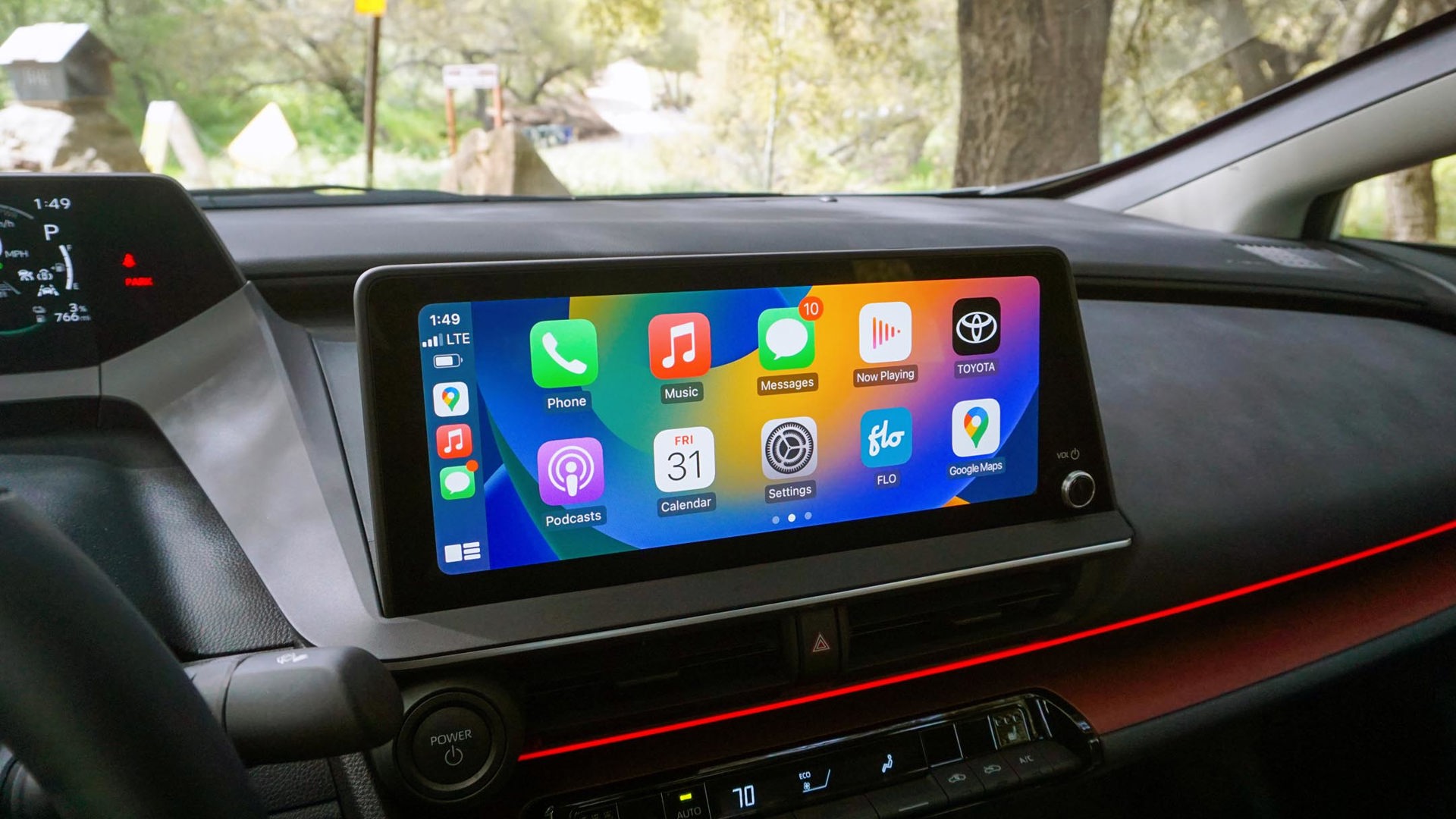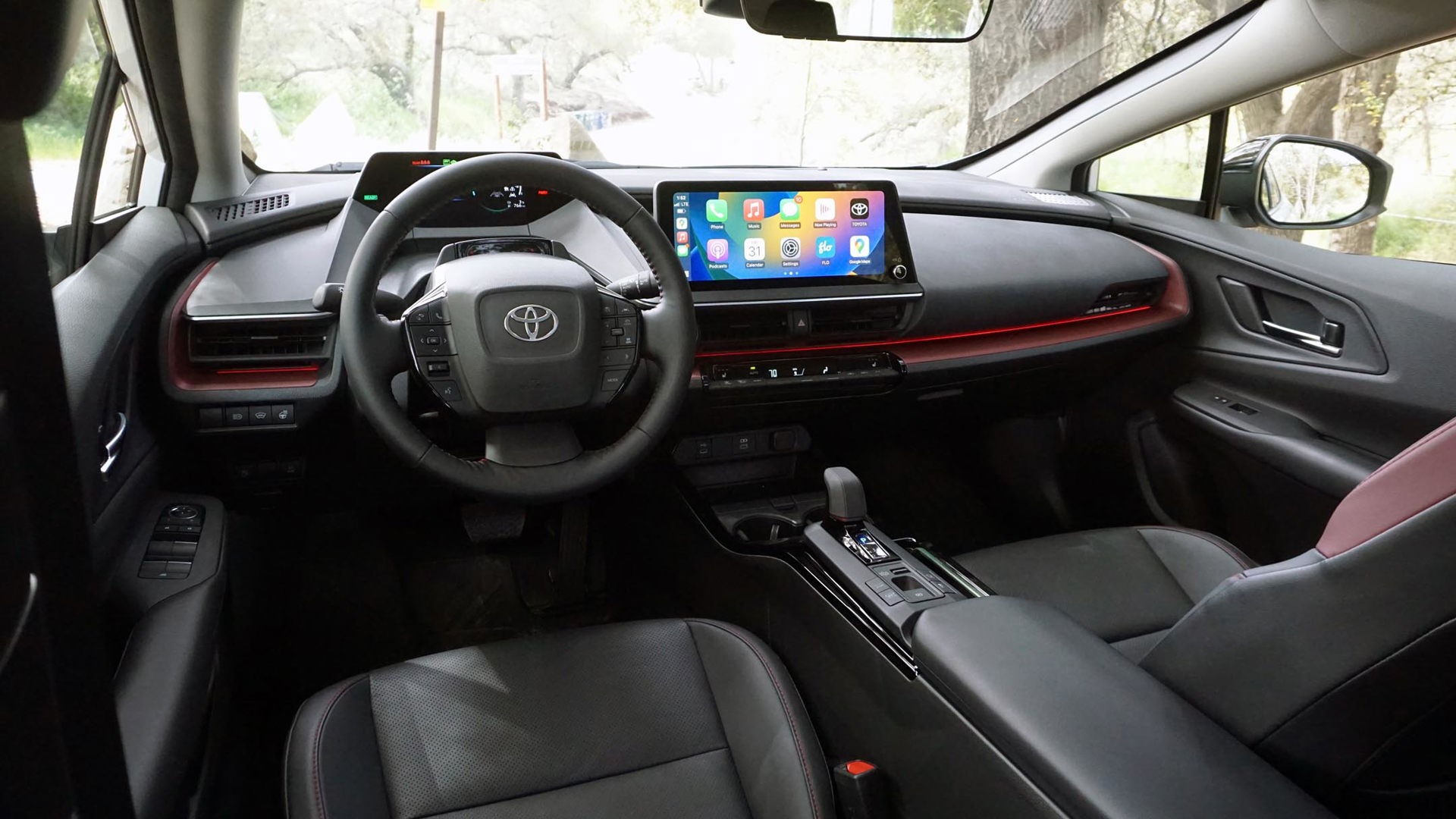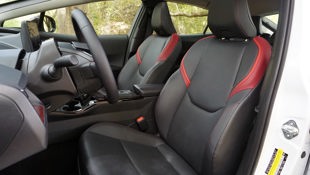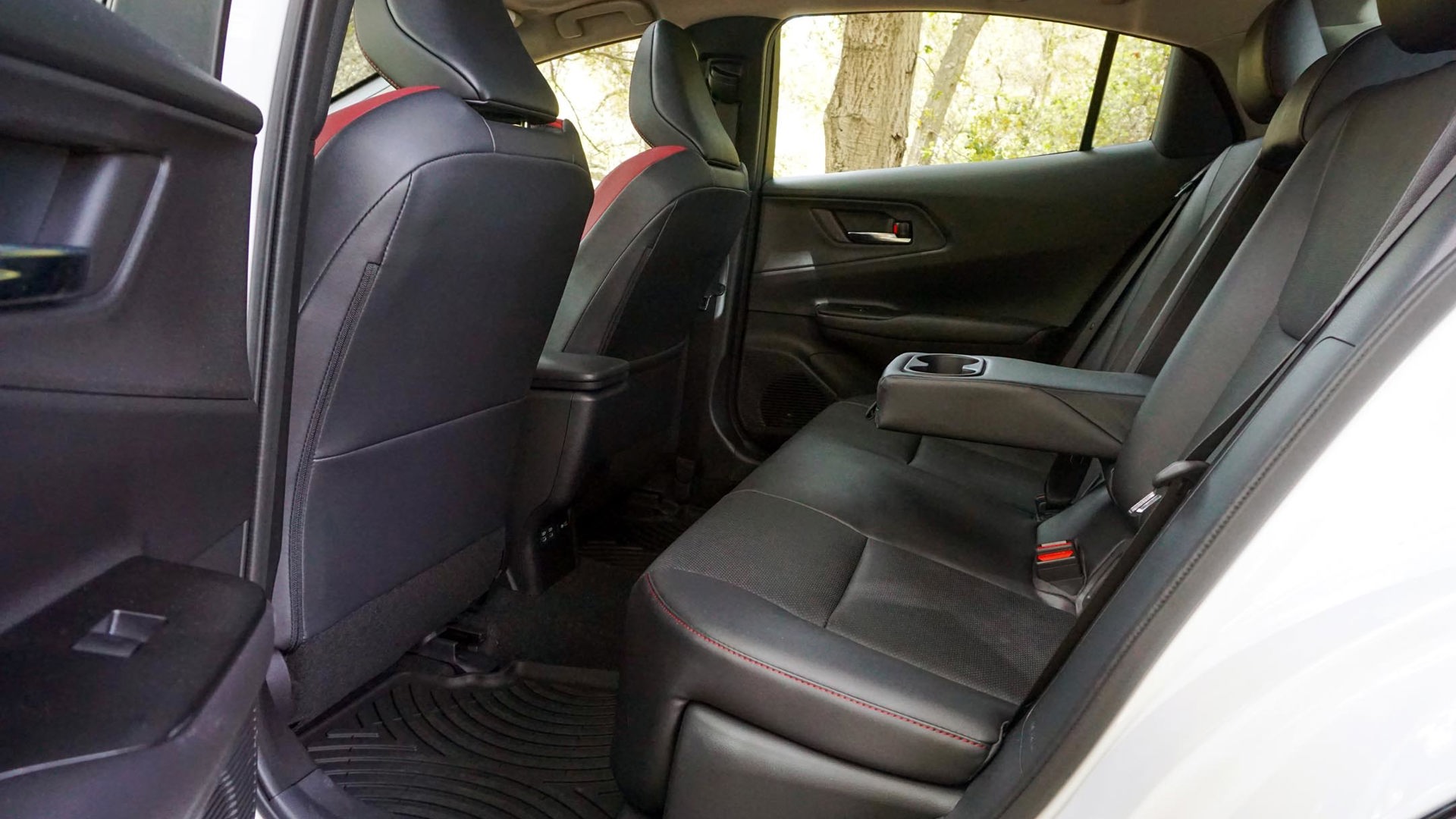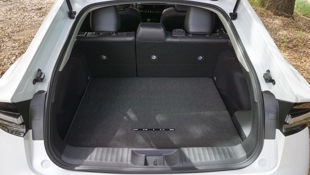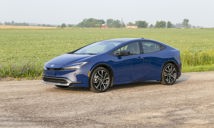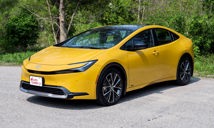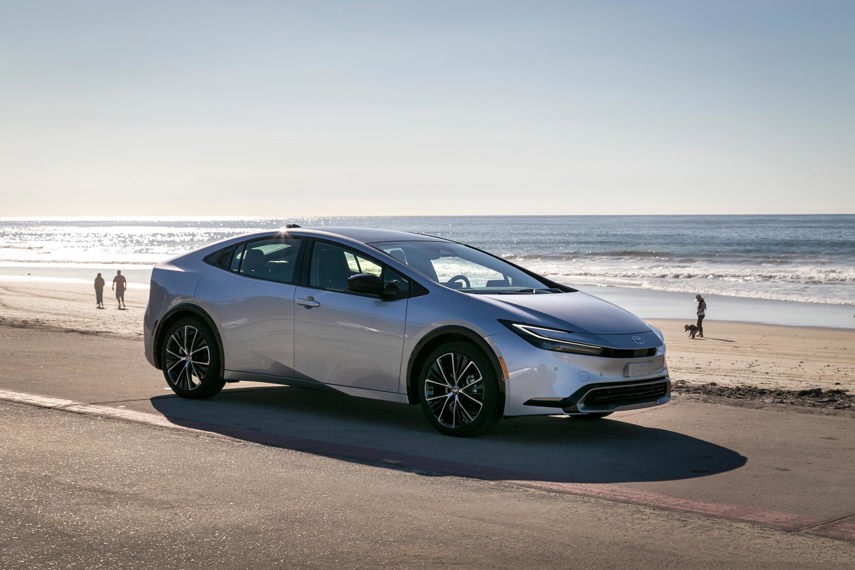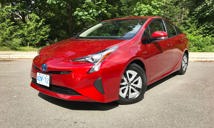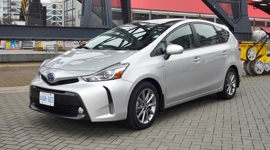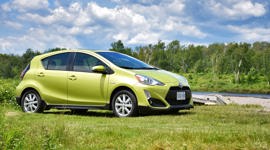Most of us are familiar with the story of the ugly duckling, which is the type of tale that’s at least a little hurtful in hindsight.
It goes something like this: ridicule ensues after a duckling comes along that isn’t like the rest. After suffering through abuse and insults, the cowed little creature finally gets its feel-good moment when it becomes a beautiful swan. And while hardship is hardly heartwarming, lessons abound here about perseverance, perspective, and politeness.
While it wouldn’t quite be right to call the Toyota Prius – or the plug-in hybrid (PHEV) version that’s based on it – explicitly unattractive, it’s certainly been what could safely be described as stylistically challenged since its inception more than two decades ago. Of course, aerodynamic efficiency has been to blame from the very start, although that does little to alleviate the sort of self-consciousness that can come with driving such a quirky car.
After years of derision, the hybrid that introduced gas-electric motoring to the masses has reached its fairy-tale ending – not that it’s going anywhere, with new versions of both the conventional and PHEV versions arriving at dealers right about now. More than becoming the swan this automaker’s engineers always knew it was, the 2023 Toyota Prius Prime in particular adds newfound efficiency to its repertoire along with stunning new styling.
An Epic Glow-Up
It’s not often that such a striking car hits the market, let alone one with a sub-six-figure price tag. Now consider the Prius that came before this, and what Toyota’s design team managed to accomplish here is truly something special. The doorstop shape is just one of the ways it turns heads, with unique styling elements almost everywhere. That includes the cabin, which has been elevated beyond the previous generation in a big way.
While it manages to look and feel distinctly like a Toyota product inside – thanks in no small part to the similarly styled all-electric bZ4X beating this compact car to market – it’s a fresh take through and through, with subtleties doing a lot of heavy lifting here. Take this tester’s red accents on the dash and front seats that add just a little visual flair without taking away from the technology that’s the true showpiece. There’s also the way the dashboard itself has been lowered to create a sense of space a car this size would otherwise go without.
On that subject, the line between form and function has been blurred in some unique areas, including interior accent lighting on the dash that also serves up some clever visual warnings. For instance, the light will pulse subtly yet noticeably when a preceding vehicle pulls away from a stop, which certainly beats the beeps and chimes employed elsewhere. It will do the same when the standard forward collision warning system senses trouble ahead, providing yet another safety mechanism in a car packed with them. Even the position of the dash brings the infotainment screen lower so it’s less distracting than these tablet-style units typically are.
Another tie-in with the bZ4X that’s rooted in functionality first and foremost is the elevated instrument display that sits above the rim of the steering wheel rather than inside it. Not only does that mean fewer complaints about obstructed information, depending on driver height, but it also negates the need for a head-up display since all relevant information is close to the road ahead.
Other Enhancements
Beyond being redesigned for the sake of styling, the Prius Prime’s layout and structure have been reworked for improved rigidity, balance, and packaging. So the battery pack that’s bigger than before has been moved lower and further forward beneath the car, while the fuel tank has also been relocated. The changes mean more room inside, particularly under the rear liftgate, where there’s now 574 L of cargo room compared to 561 L before.
While the previous plug-in Prius had a battery capacity of 8.8 kWh, this new one has been boosted to 13.6 – a significant increase that leads to more all-electric driving range. Estimates stand at 72 km for the entry-level trim, thanks to its smaller 17-inch wheels, while the XSE and XSE Premium both ride on 19-inch alloys and can travel 64 km. Both figures are up from the 40 km of emissions-free driving the old car was capable of with a fully charged battery. Not only does that extra range come in handy during daily driving, but it also means this PHEV now qualifies for the federal government’s full $5,000 rebate off the purchase price or a four-year lease – but more on that later.
The hybrid system that powers this Prius is identical in execution to the last one, but output has increased considerably thanks to a boost in voltage this time. With the jump from 600 volts to 650 comes net output of 220 hp – nearly 100 hp more than before. It’s enough to make the Prius Prime appreciably quicker when accelerating, which is always handy, but the entire powertrain is that much more refined. Not nearly as buzzy and strained under heavy load, there’s a newfound tranquility here that only helps to augment the drive experience.
Delightful to Drive
While the previous Prius Prime was just fine to drive, this new one has been dialled up to premium levels. It’s smooth and serene, with excellent suspension damping, while it feels firmly planted in a way its predecessor simply didn’t. There’s poise here – from the way it absorbs imperfect surfaces, to the extra sound-deadening that’s been used, to the just-right steering feel. While the adjustable three-stage regenerative braking could stand to be stronger, there are few complaints to be levelled from behind the wheel.
One issue that came to light during a drive up and down winding canyon roads from Carlsbad, Calif., to the Santa Maria Valley was obstructed visibility thanks to the extreme rake of the windshield. The A-pillars that frame it aren’t especially thick, but the position of the one on the driver’s side led to an awkward blind-spot that showed up through tighter corners and switchbacks before quickly disappearing again.
With this tester’s state of charge hovering around 78 per cent, the 54 km of emissions-free driving it managed before automatically switching over to hybrid mode handily eclipsed what the old car was capable of. Then there’s the 5.0 L/100 km averaged afterwards, which is right in line with the combined 4.9 L/100 km the XSE and XSE Premium trims are rated for (the SE is good for an estimated 4.5). With fewer twists, turns, and elevation changes on the designated route, there’s a good chance that number would have been lower still.
What a Bargain
Considering all the ways this car has been improved, its affordability is simply outstanding. With or without government incentives – although those certainly help – the starting MSRP of $37,990 (plus a non-negotiable freight charge of $1,860) is more than reasonable. The entry-level SE trim’s feature set is fairly robust for the money, too, with stuff like heated front seats and a heated steering wheel, wireless Android Auto and Apple CarPlay connections run through an eight-inch touchscreen, and a host of advanced safety features including blind-spot monitoring with rear cross-traffic alert, lane-keeping assistance, forward collision warning with pedestrian detection and automatic emergency braking, and adaptive cruise control that works in stop-and-go traffic.
The XSE and XSE Premium trims, priced at $42,990 and $46,990, respectively, add to that list a semi-autonomous traffic jam assist system that provides throttle, brake, and hands-free steering control at speeds up to 40 km/h, plus low-speed reverse automatic braking and rain-sensing wipers. There’s also a larger 12.3-inch touchscreen, faux-leather upholstery, heated rear seats, a fixed glass roof, and 19-inch alloy wheels. Meanwhile, the XSE Premium also gets ventilated front seats, an eight-speaker stereo, power liftgate, and a self-parking system that works with both parallel and perpendicular spots.
Knocking $5,000 off any of those prices is certainly appealing, while those lucky enough to live in provinces and territories that offer further incentives could find themselves with one of the best bargains on the new-car market today. This efficient and upscale plug-in makes fewer sacrifices than ever before, and therein lies its true value proposition.
Final Thoughts
It used to be that the only part of the Toyota Prius that could be considered sophisticated was its hybrid technology – and that was totally fine. But this new version has reached an entirely different strata of excellence, with the same outstanding gas-electric components – which have been greatly improved upon this time – as well as seriously good looks inside and out, and a level of maturity that’s been missing from this car all along.
Even the most style-conscious among us should have no shame in driving the 2023 Toyota Prius Prime. With continuing supply chain constraints, tracking one down could be a challenge, although Toyota Canada expects a smooth rollout of this car and availability “in the thousands,” according to one executive. That doesn’t necessarily mean dealer lots will be brimming with inventory anytime soon, which means getting on the waitlist now would be a wise bet.

